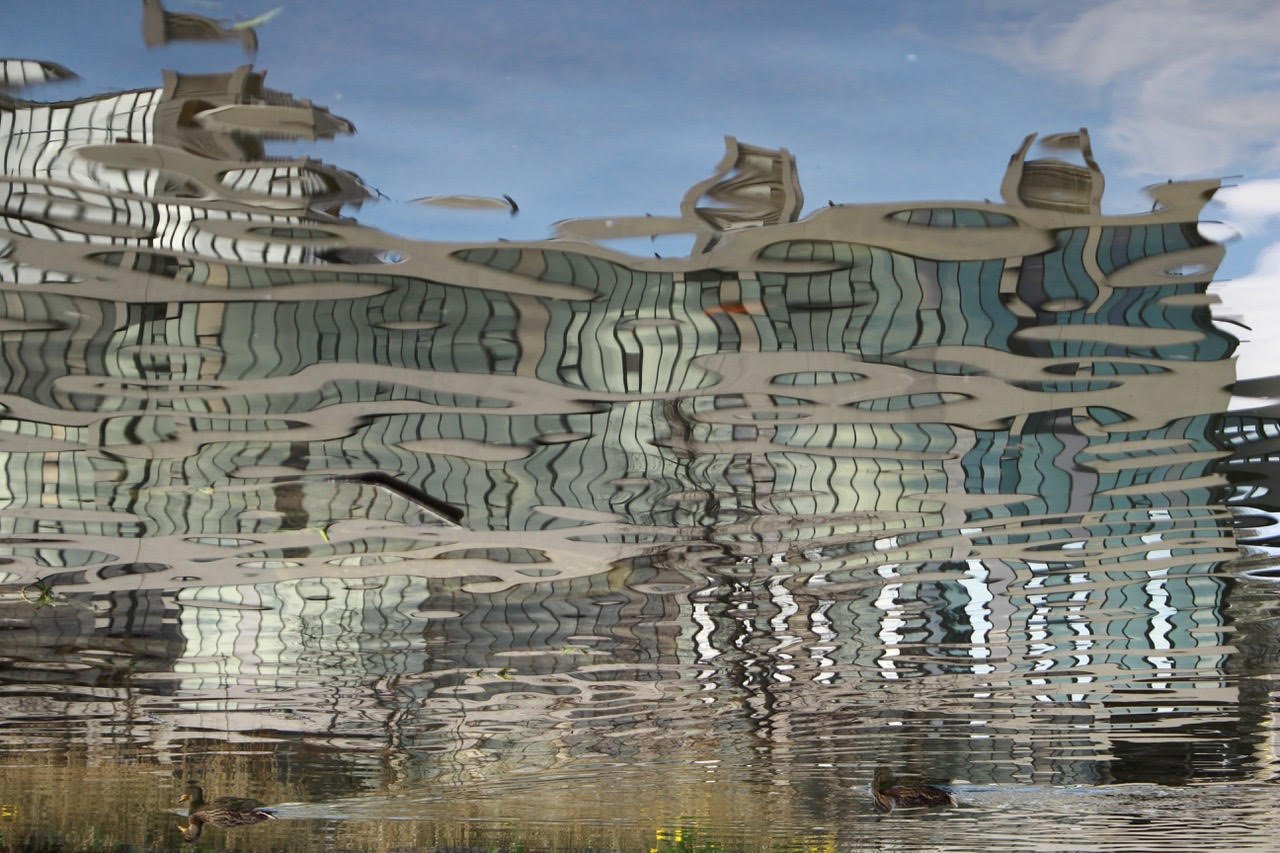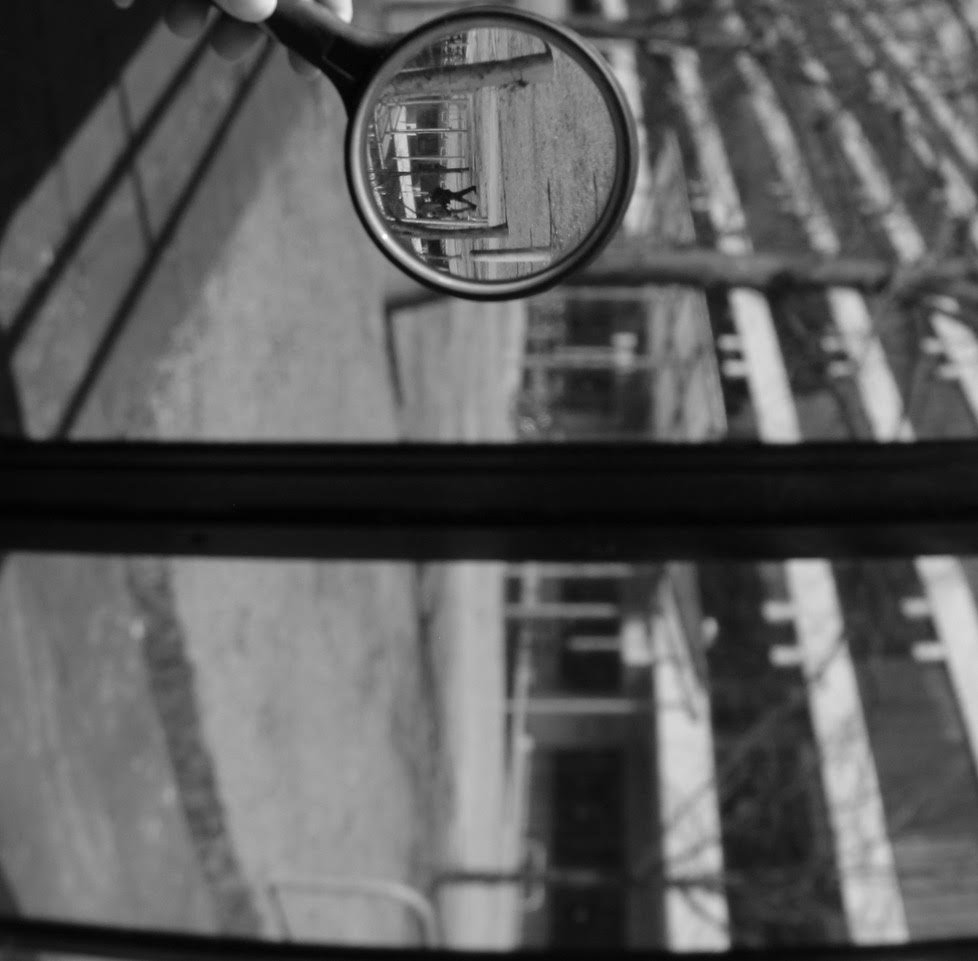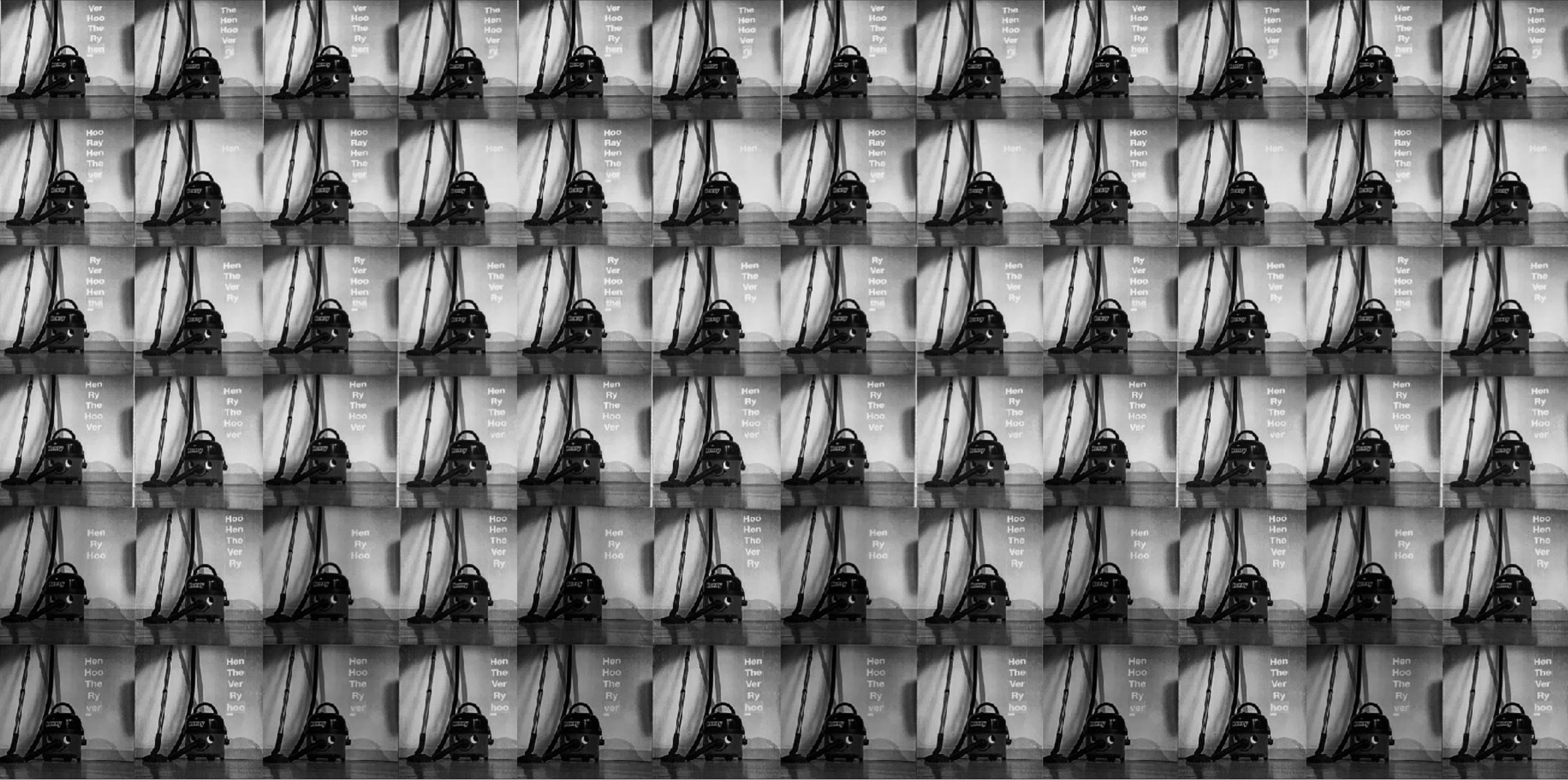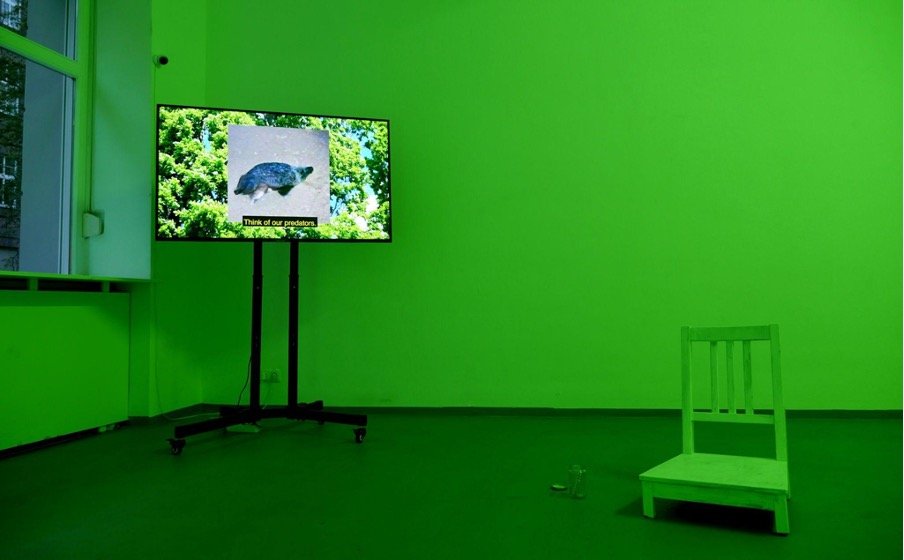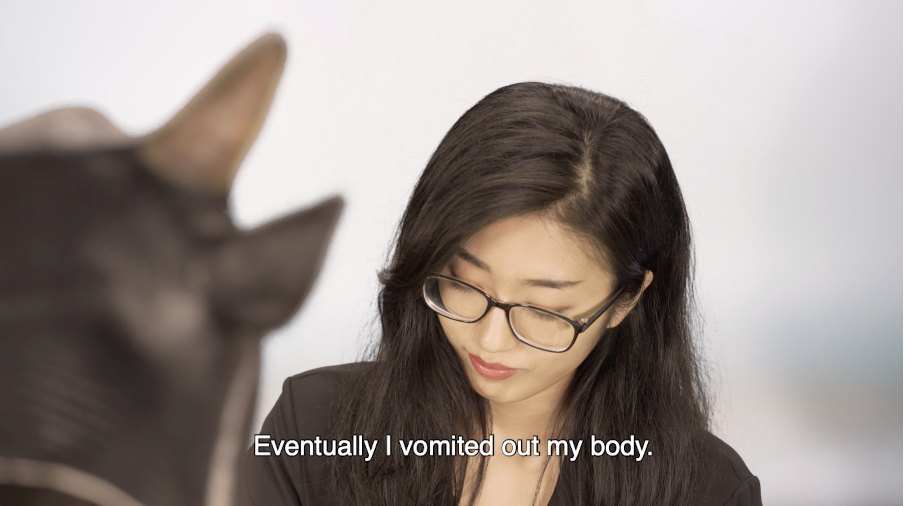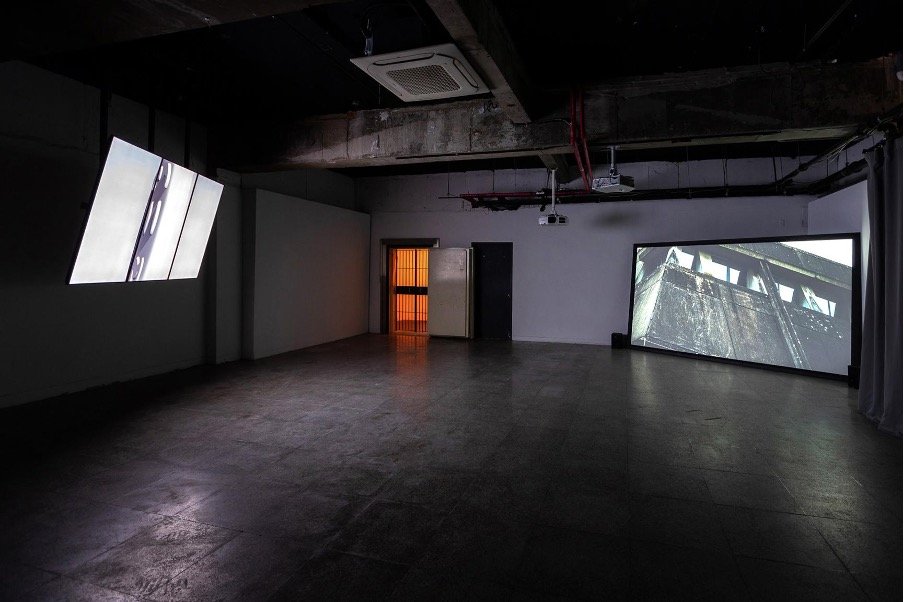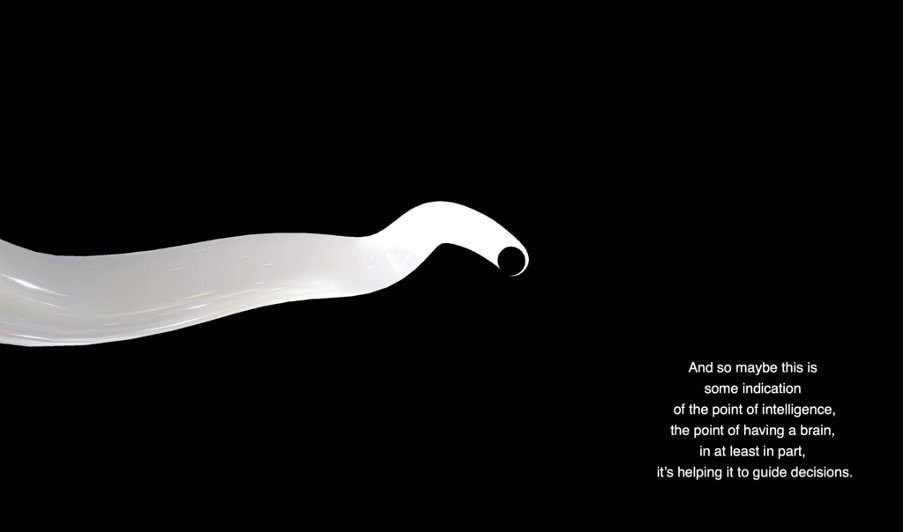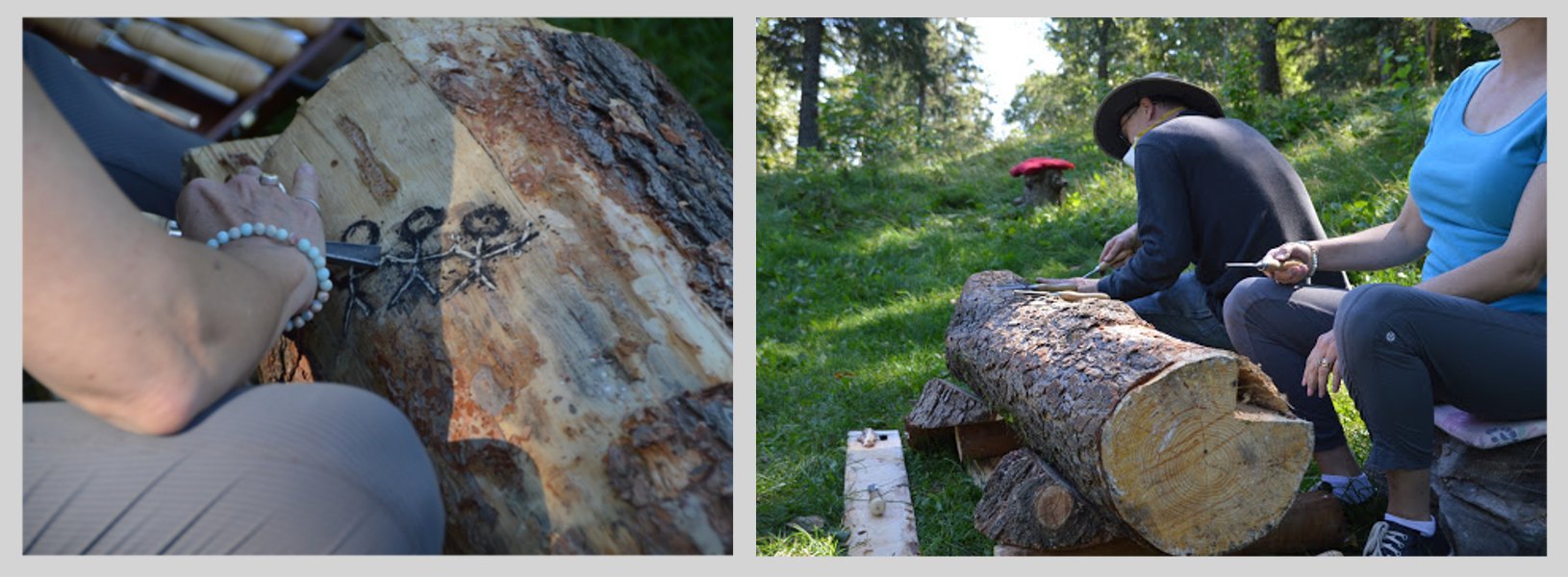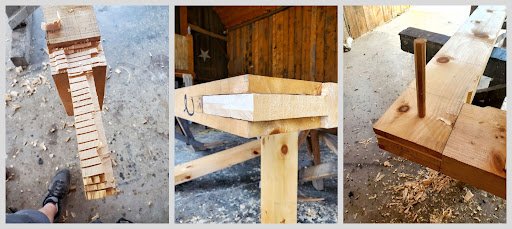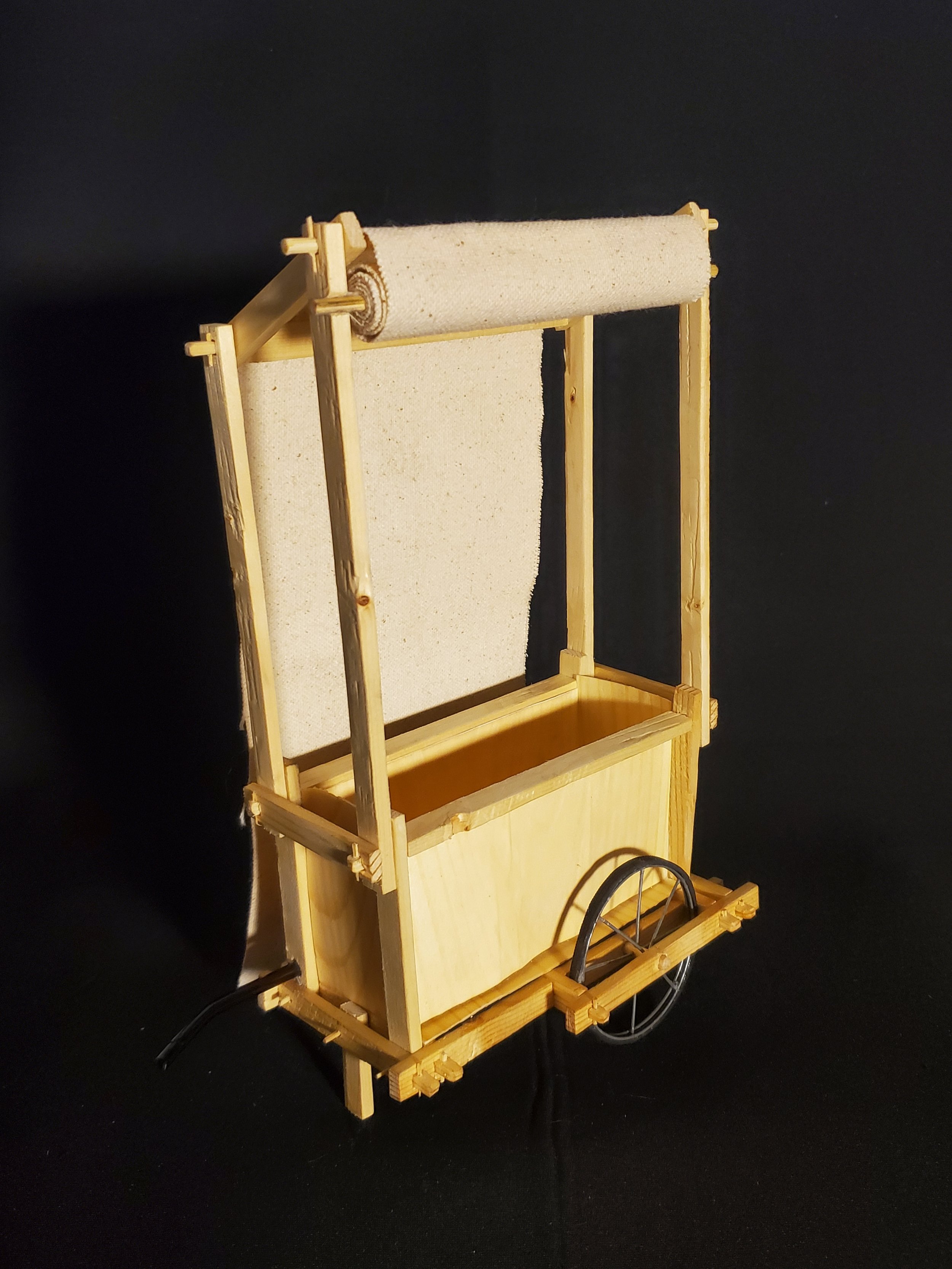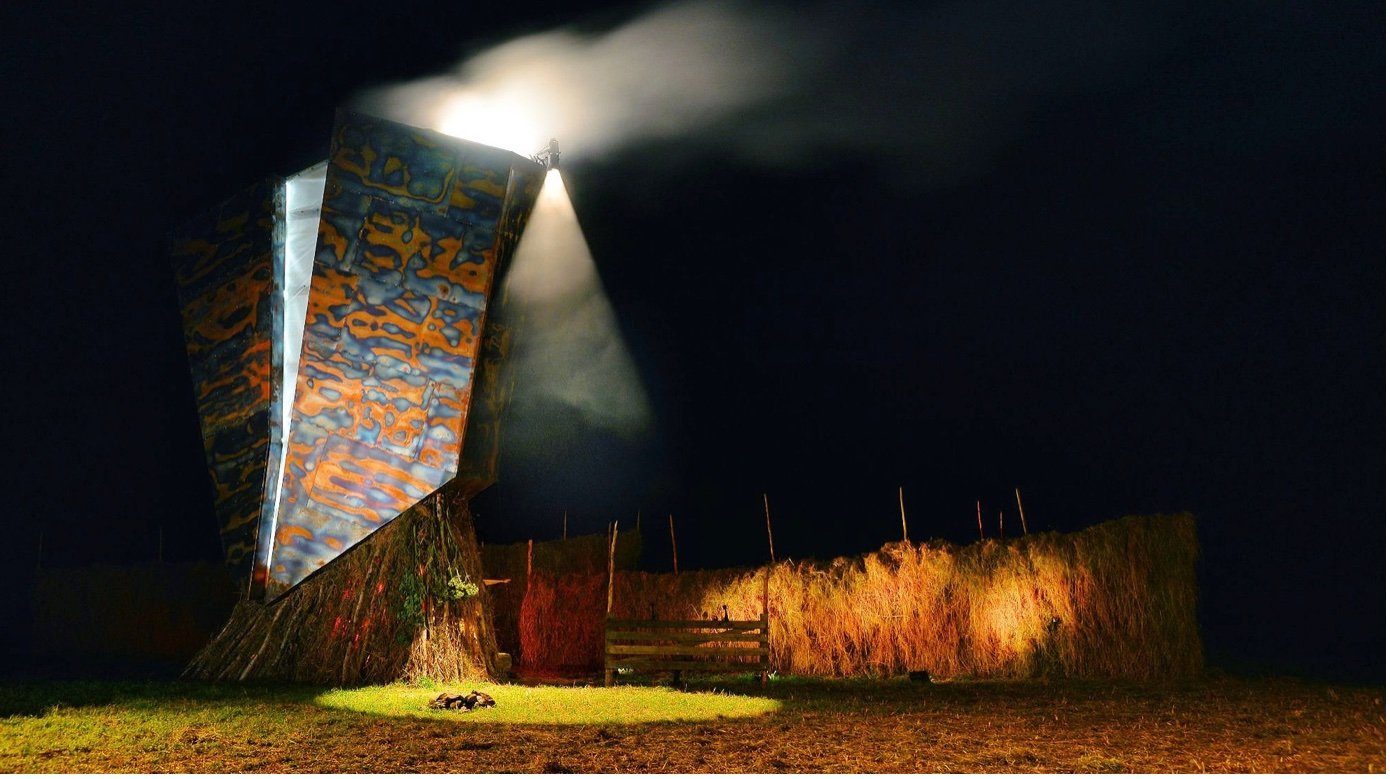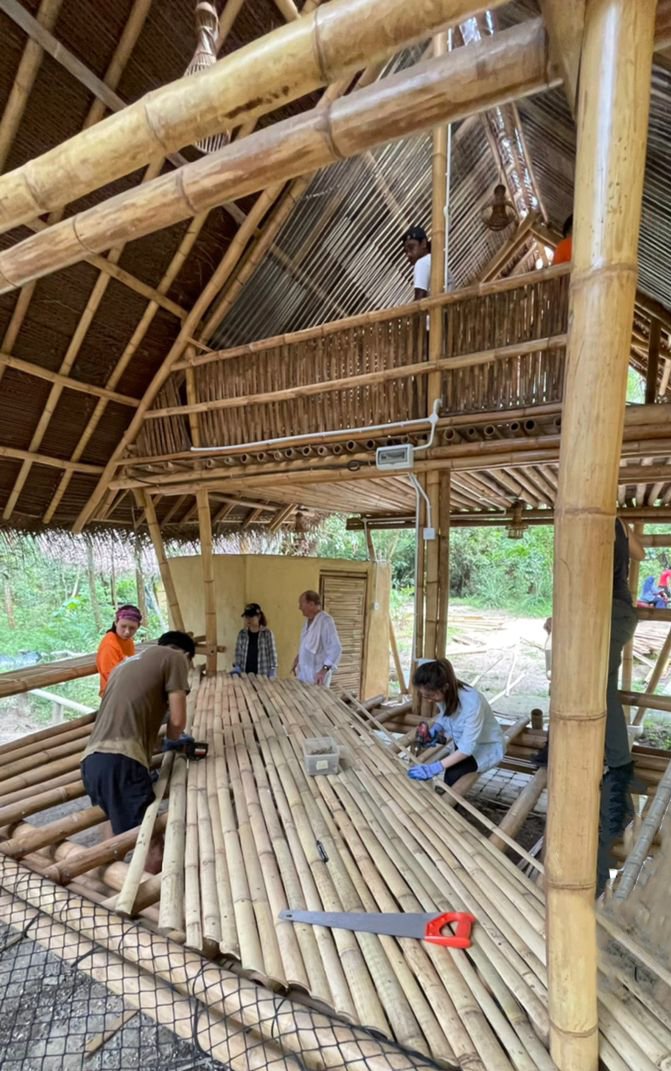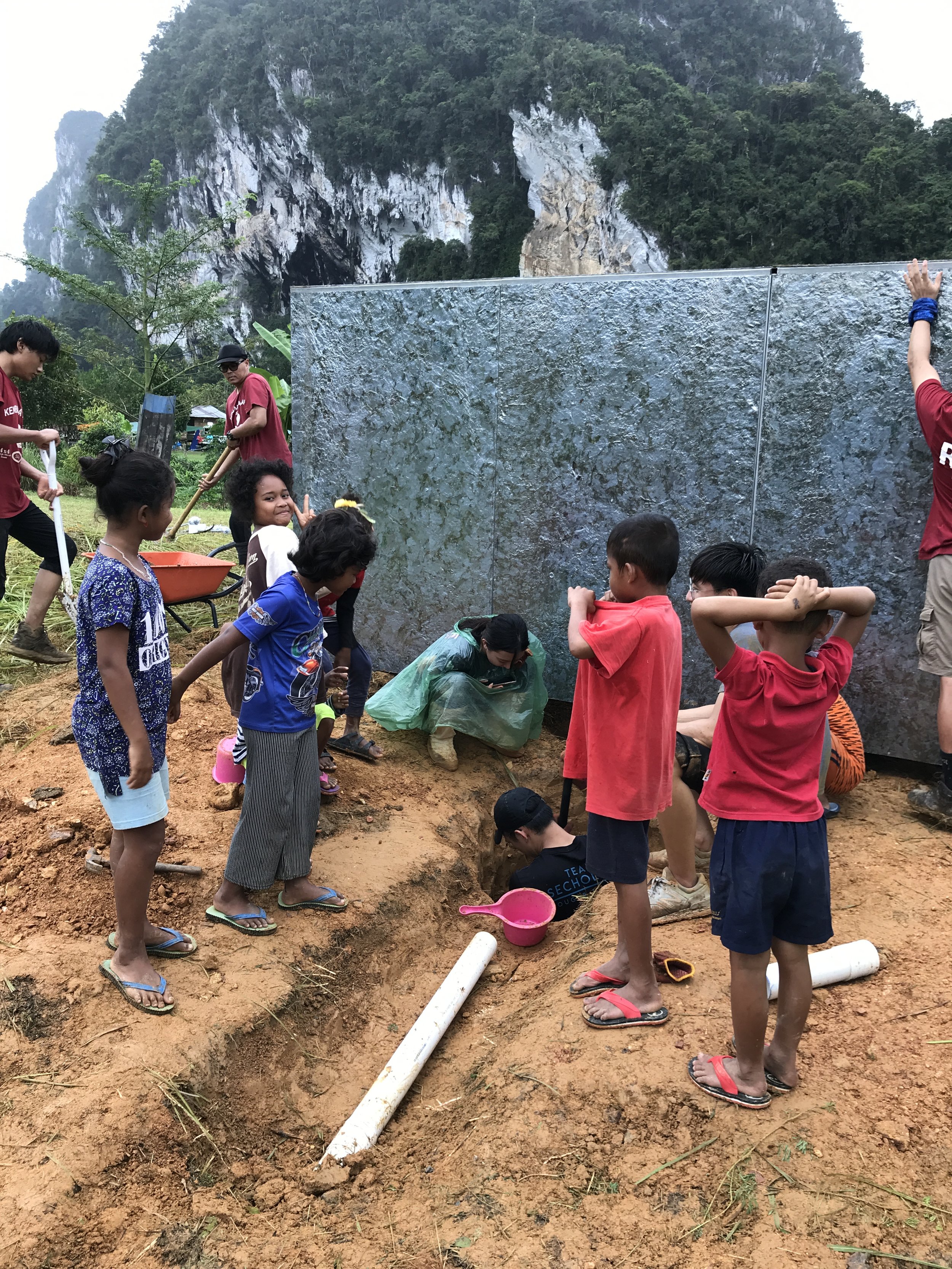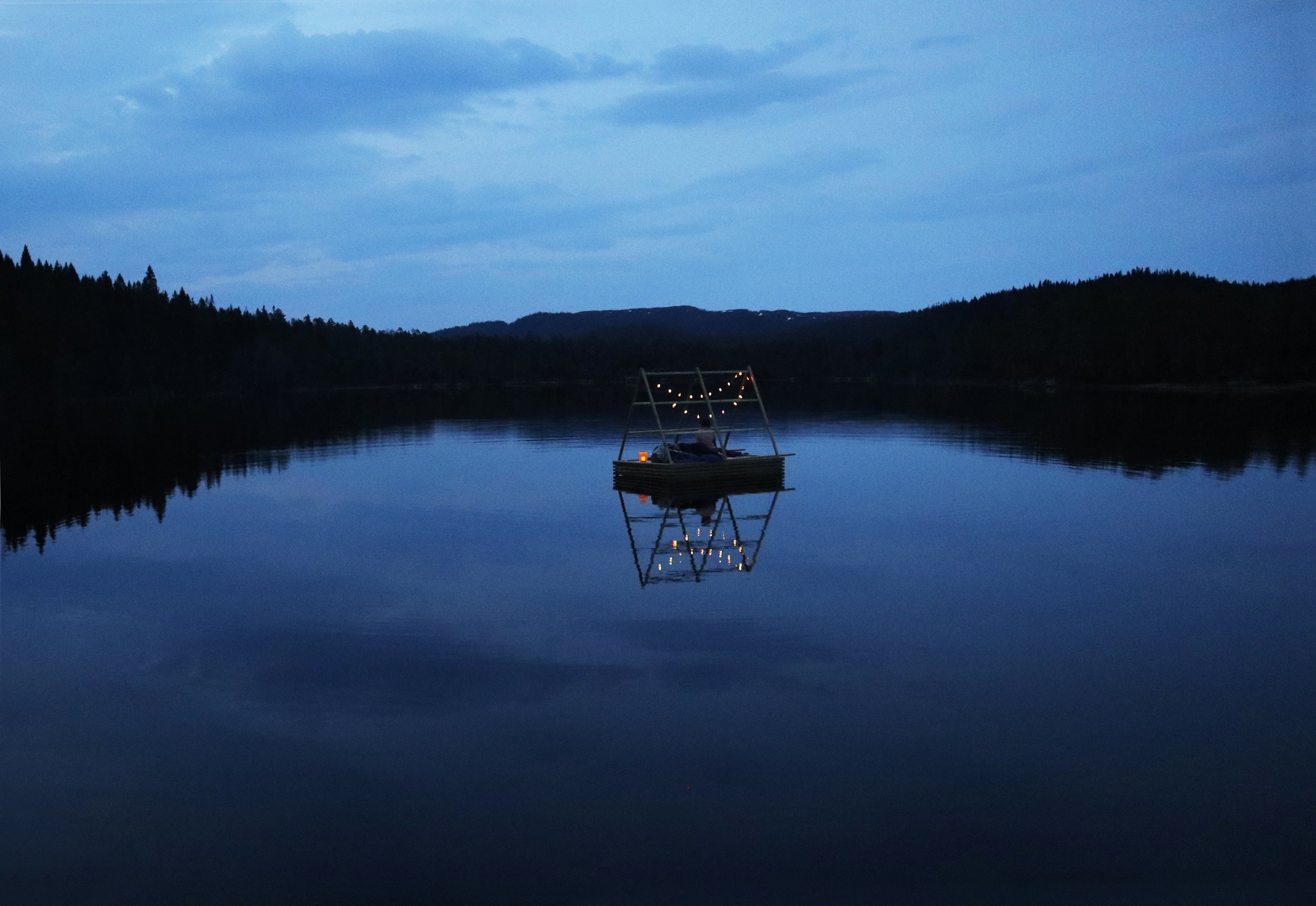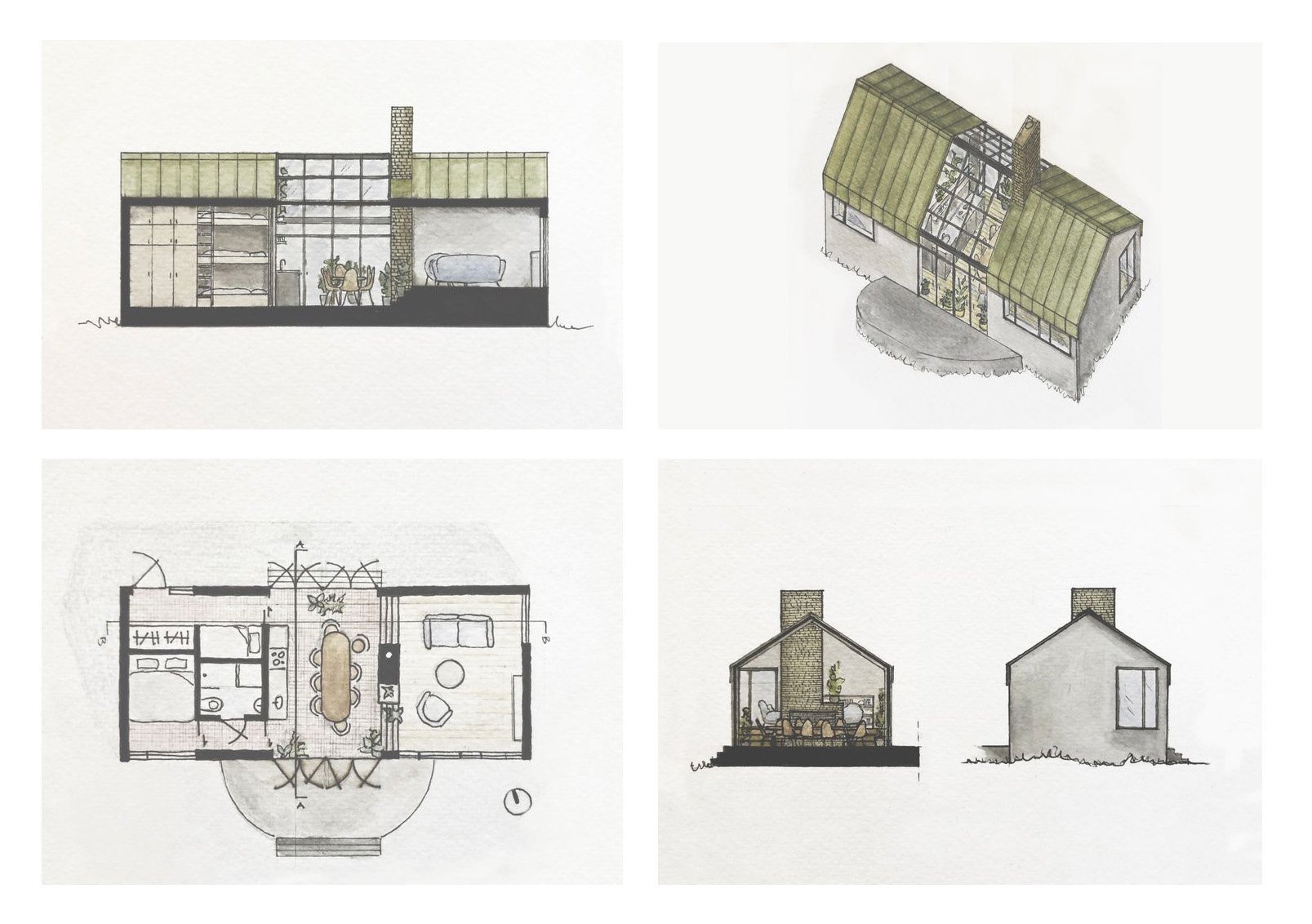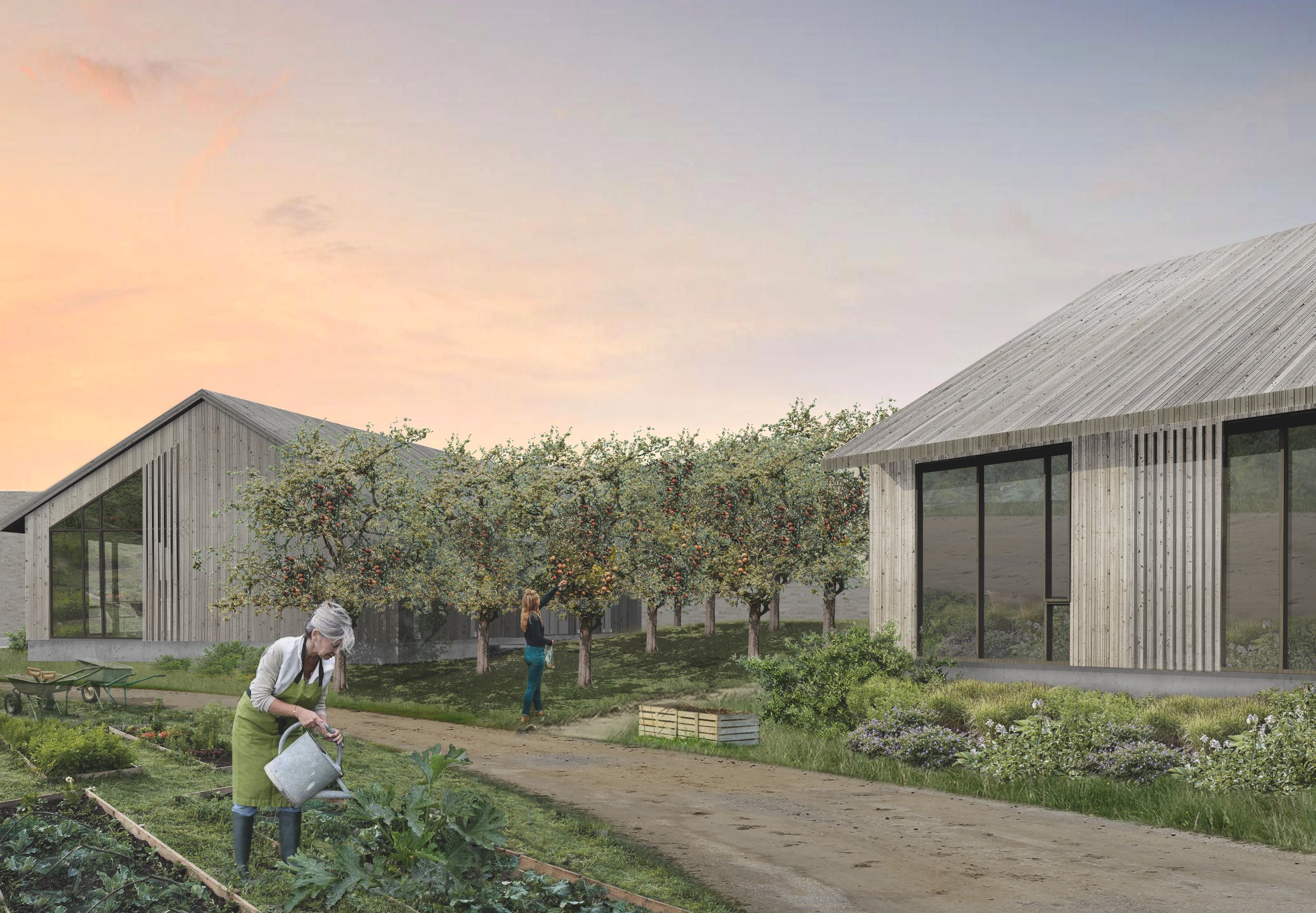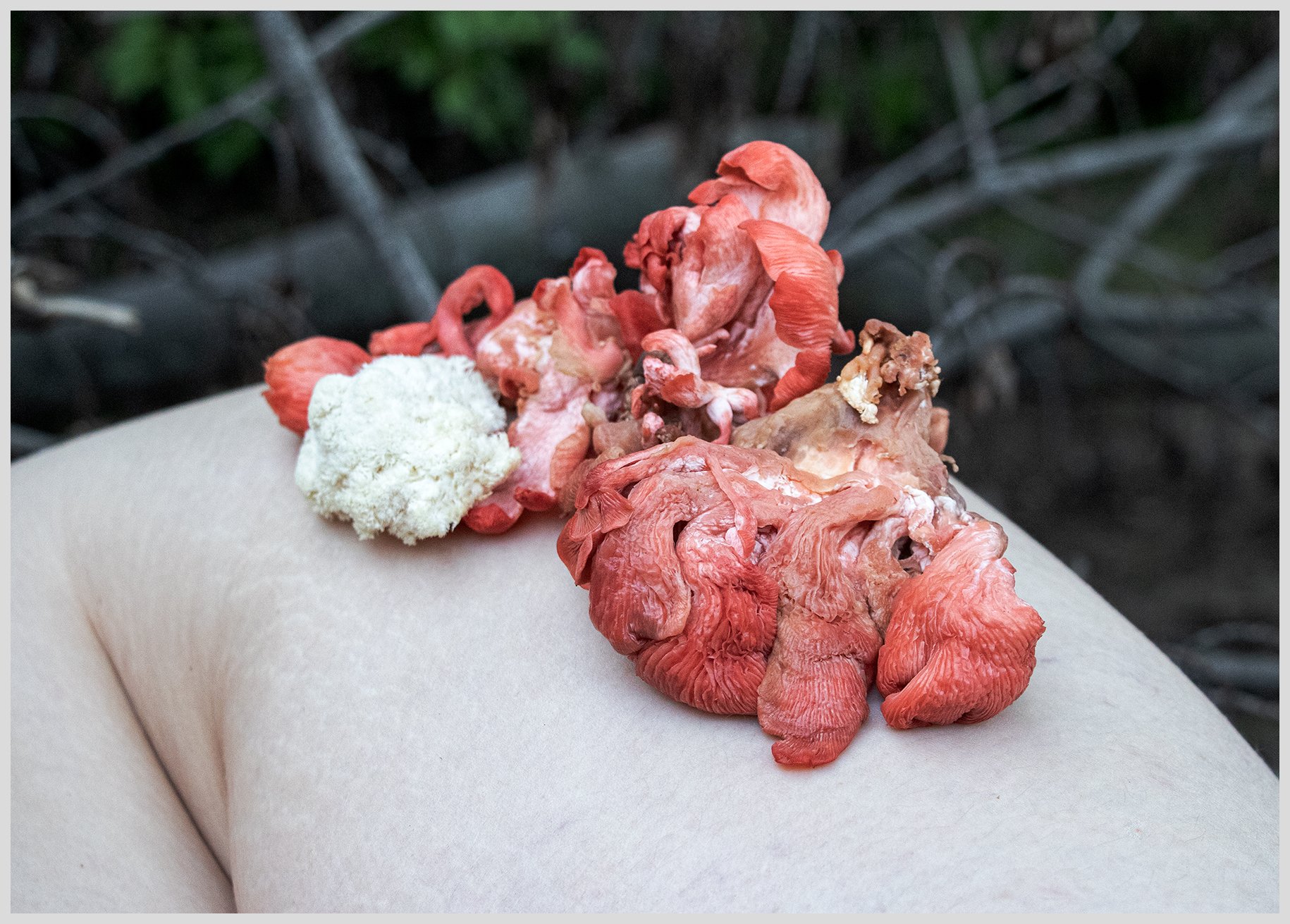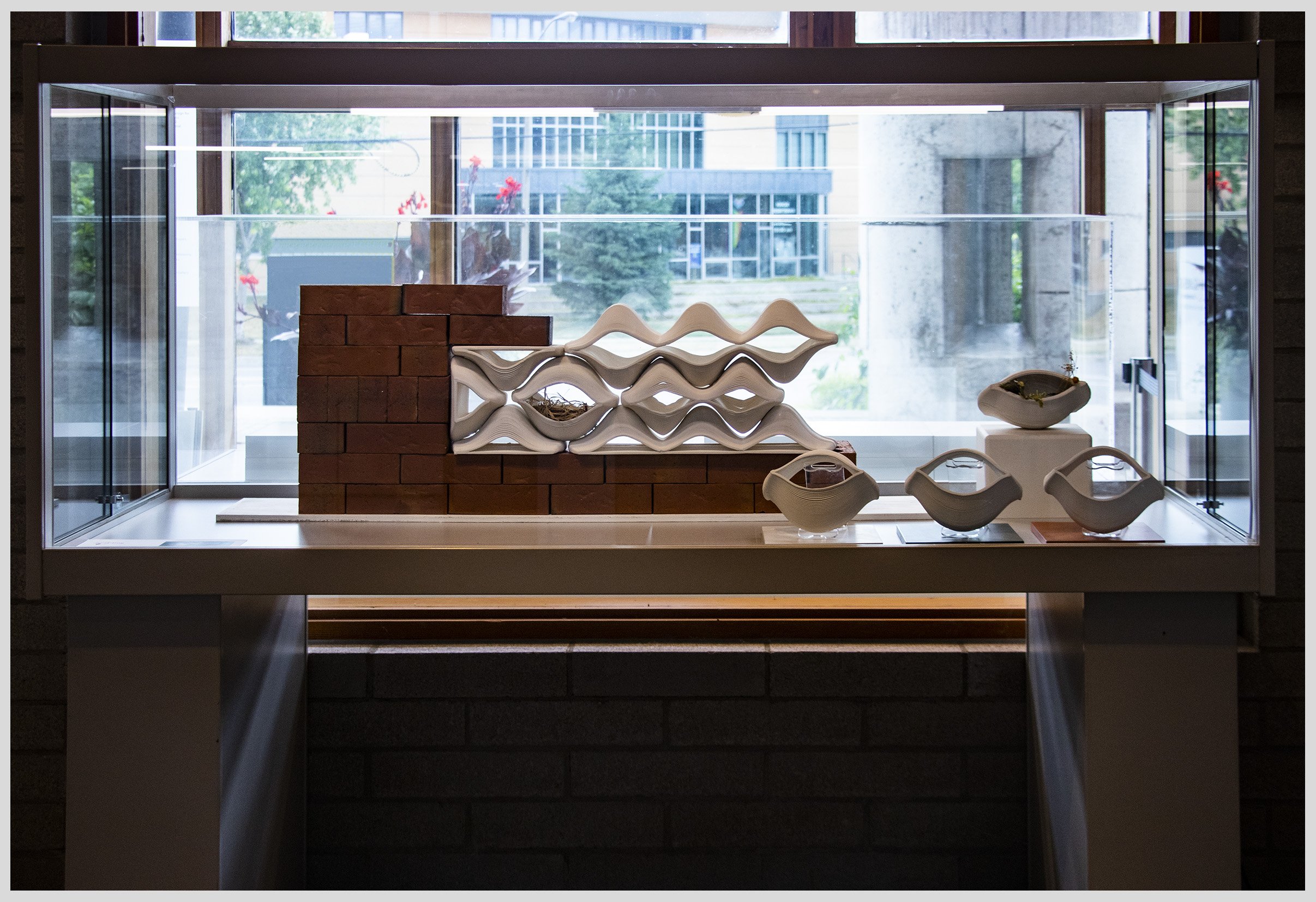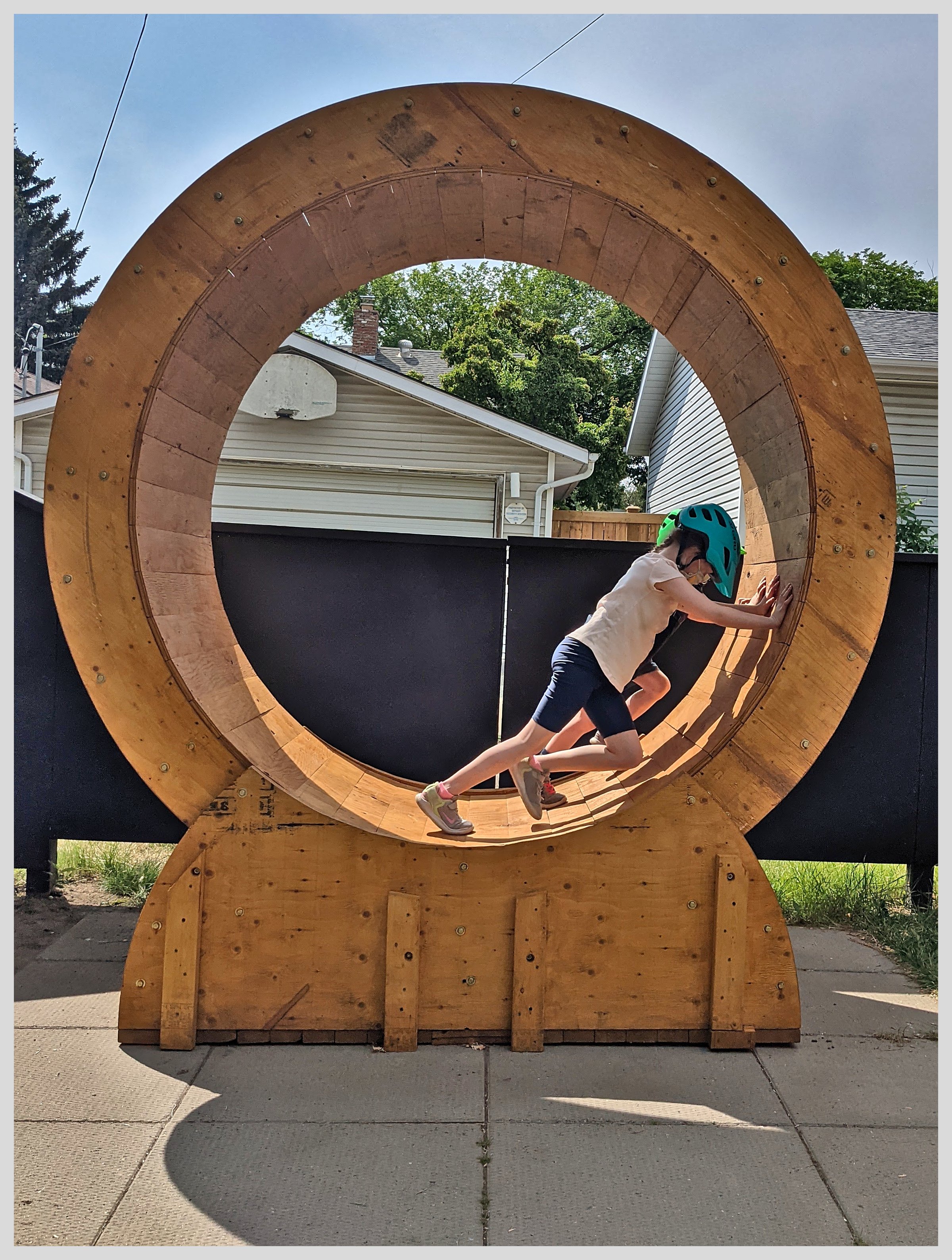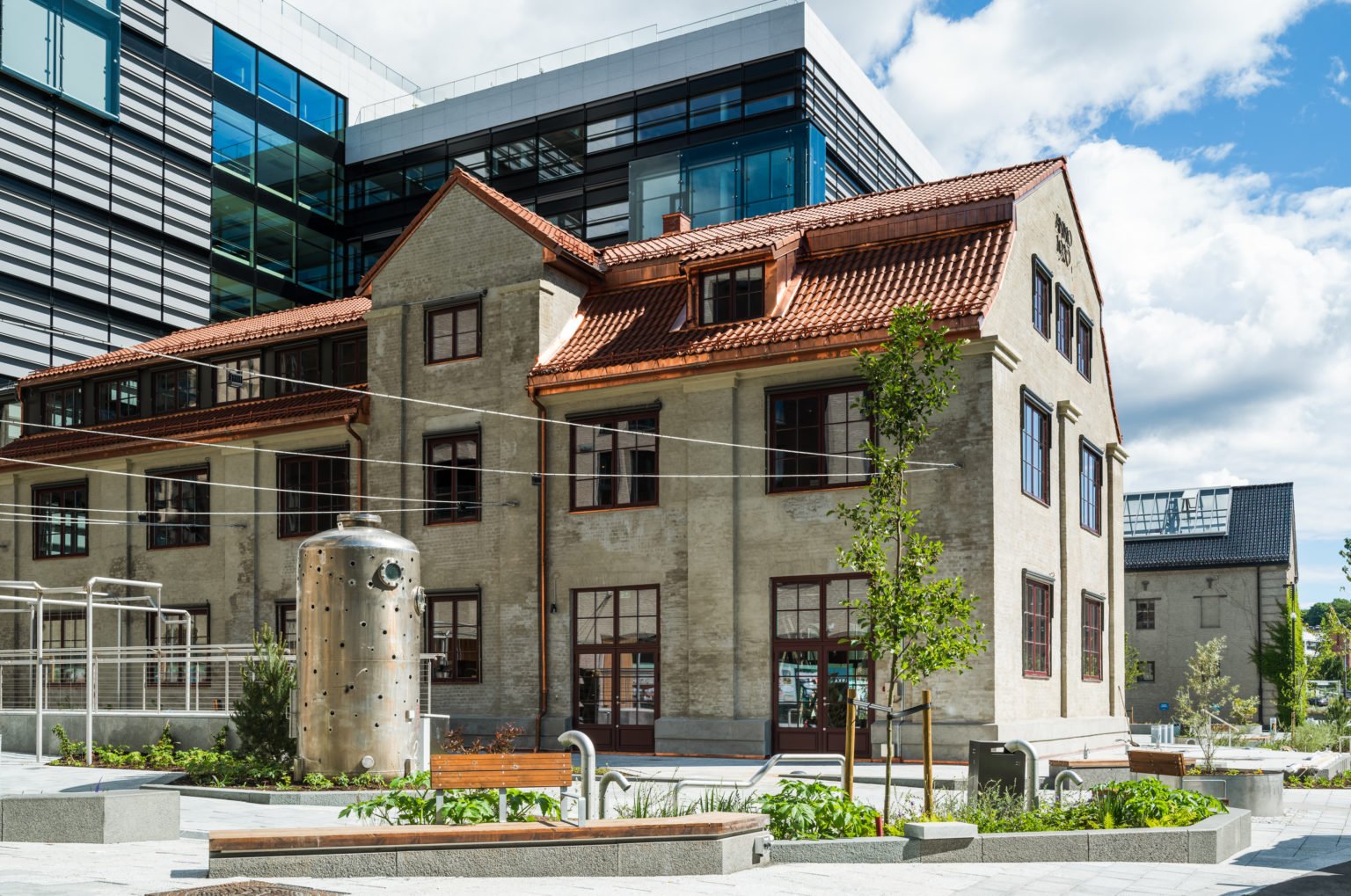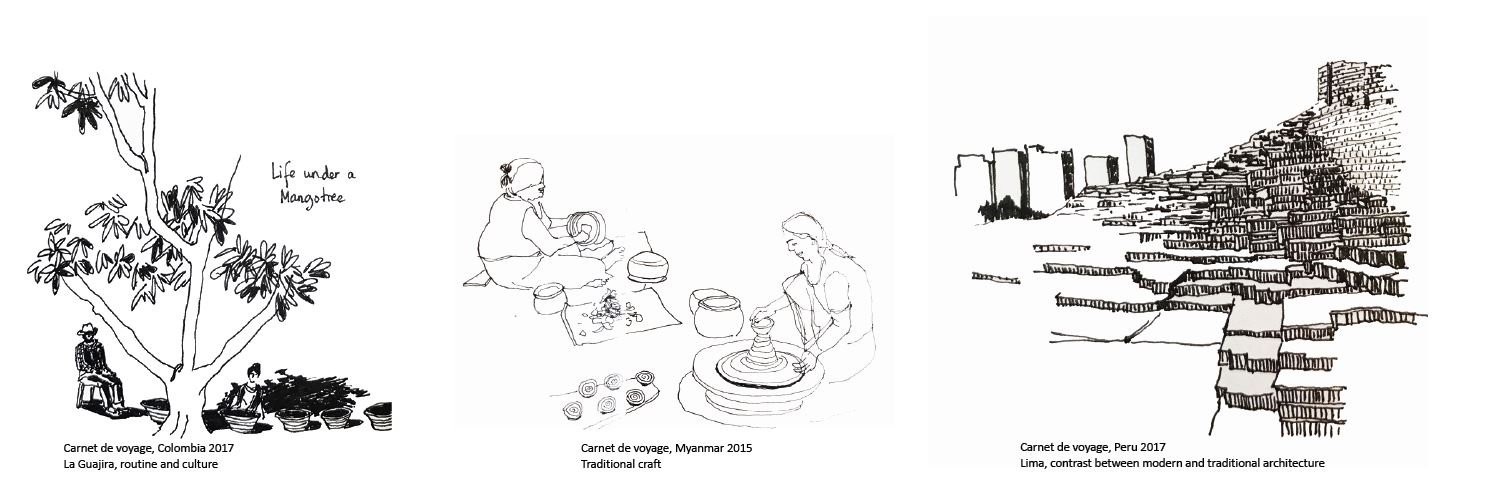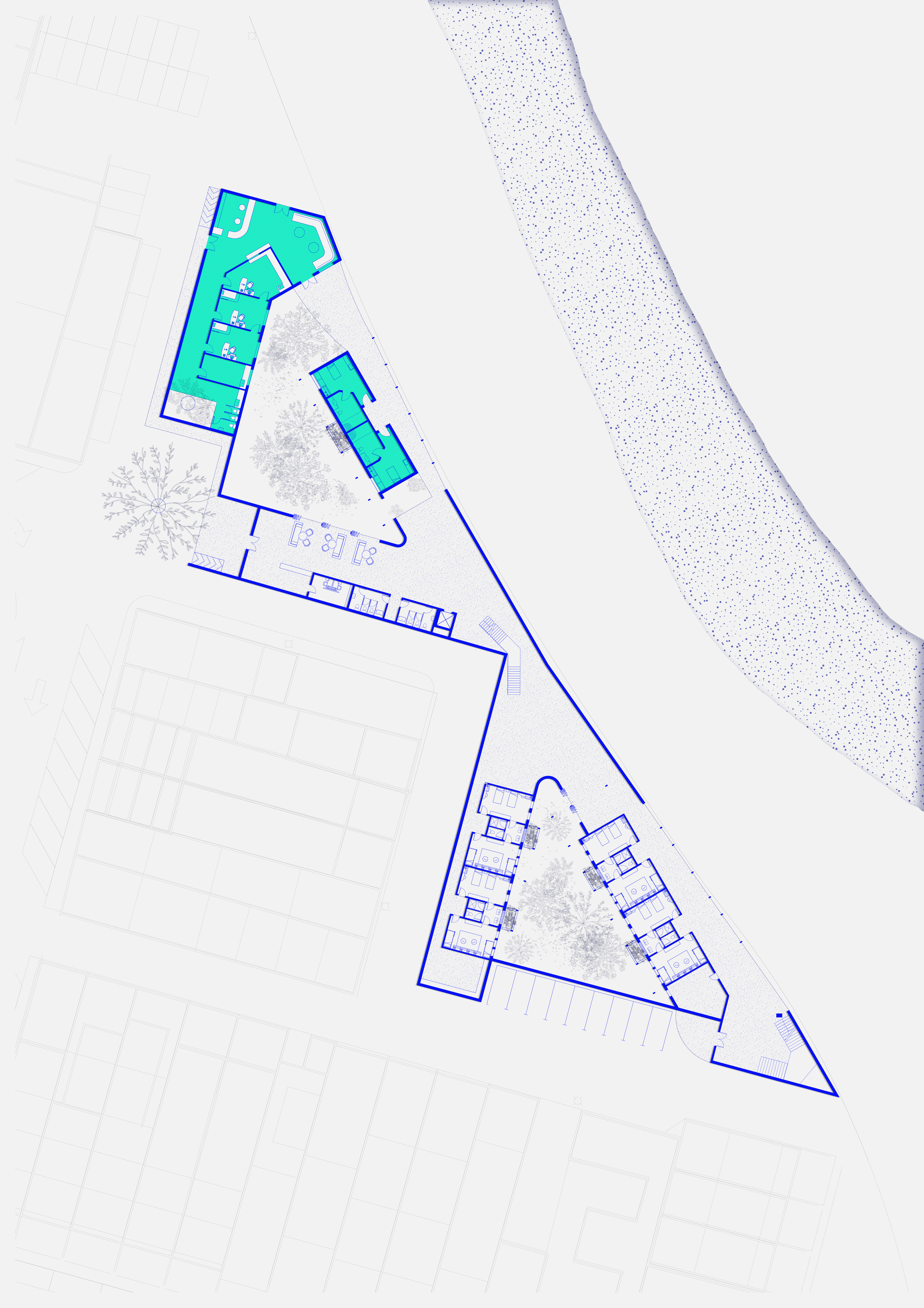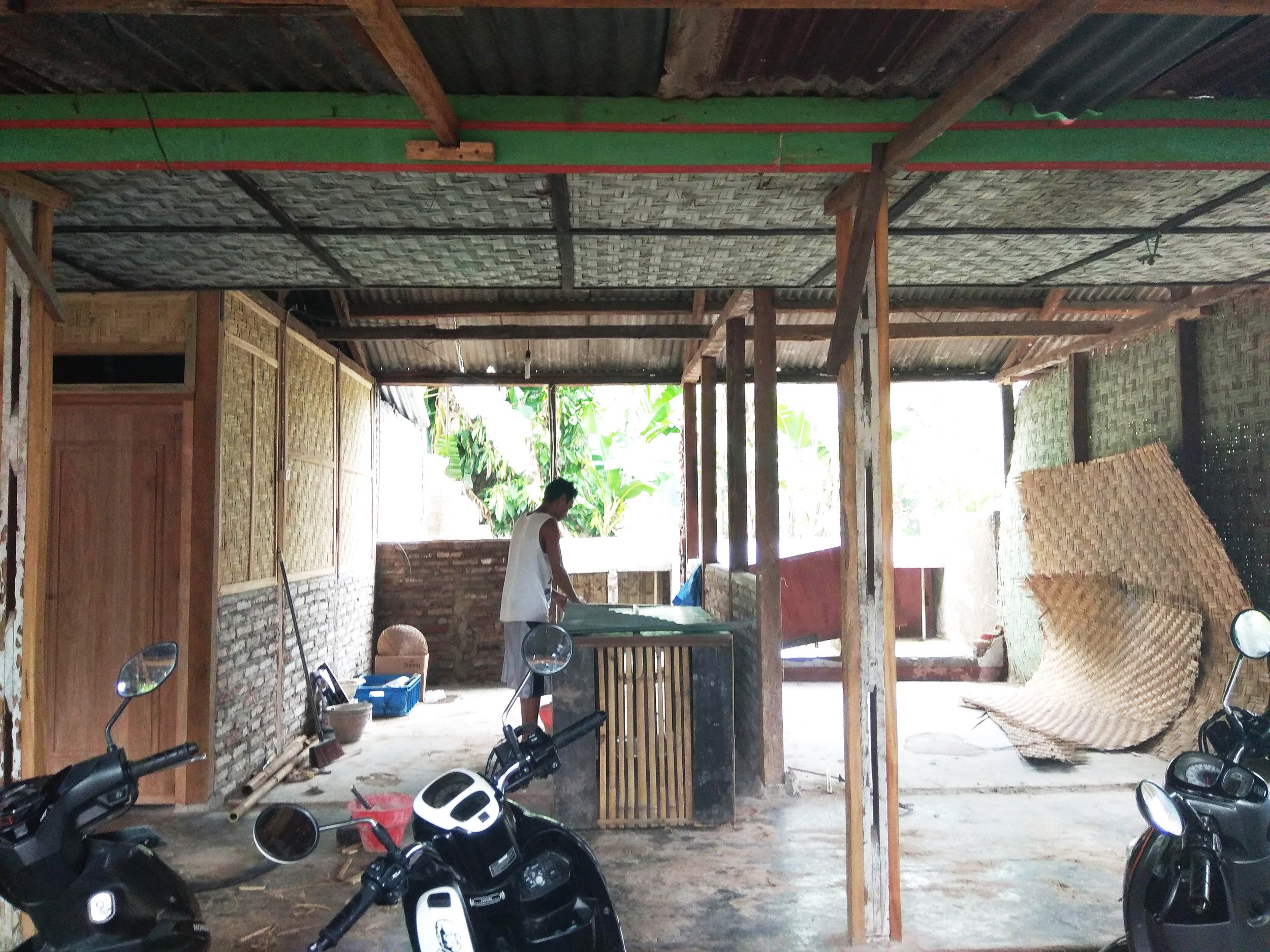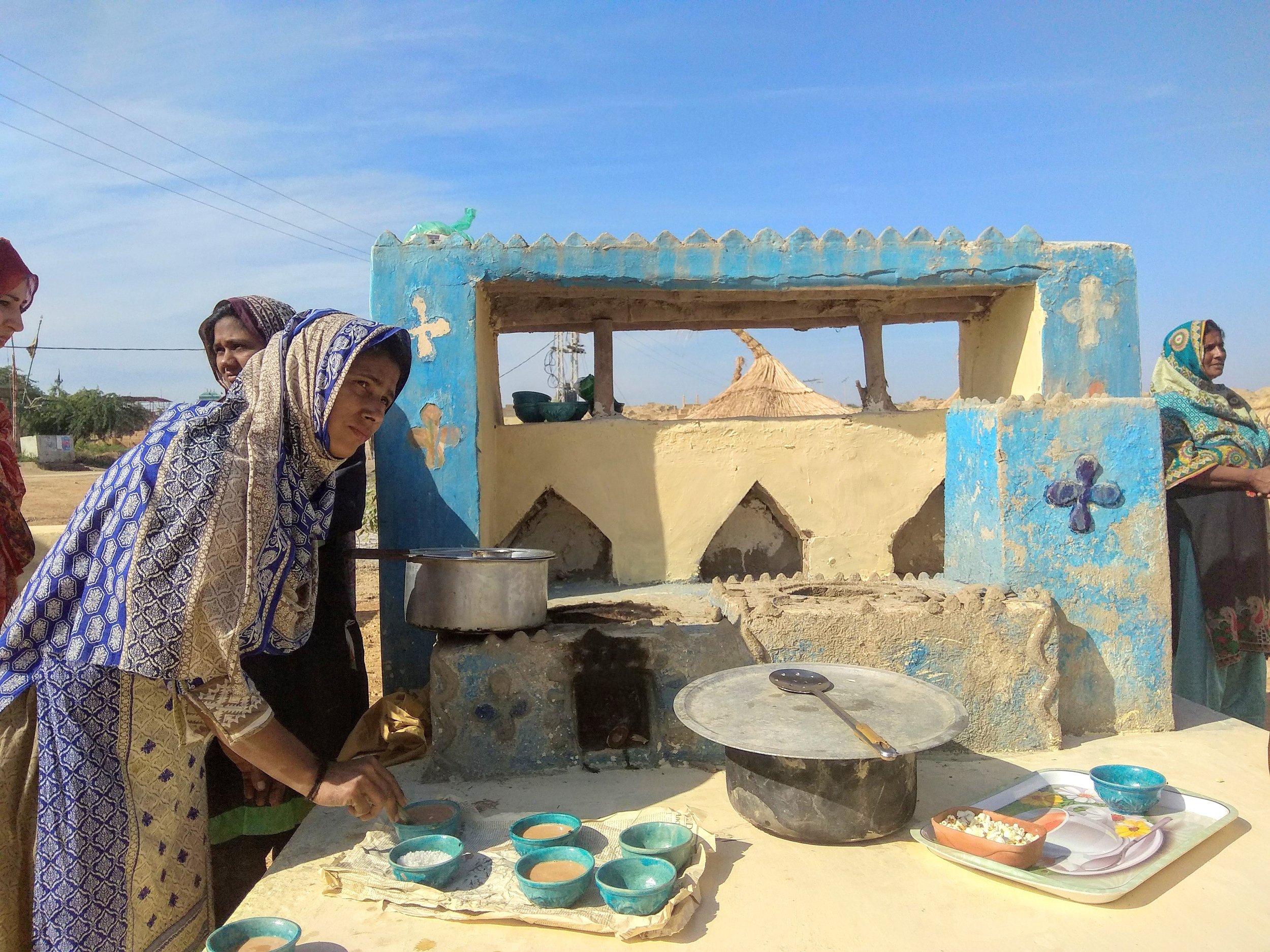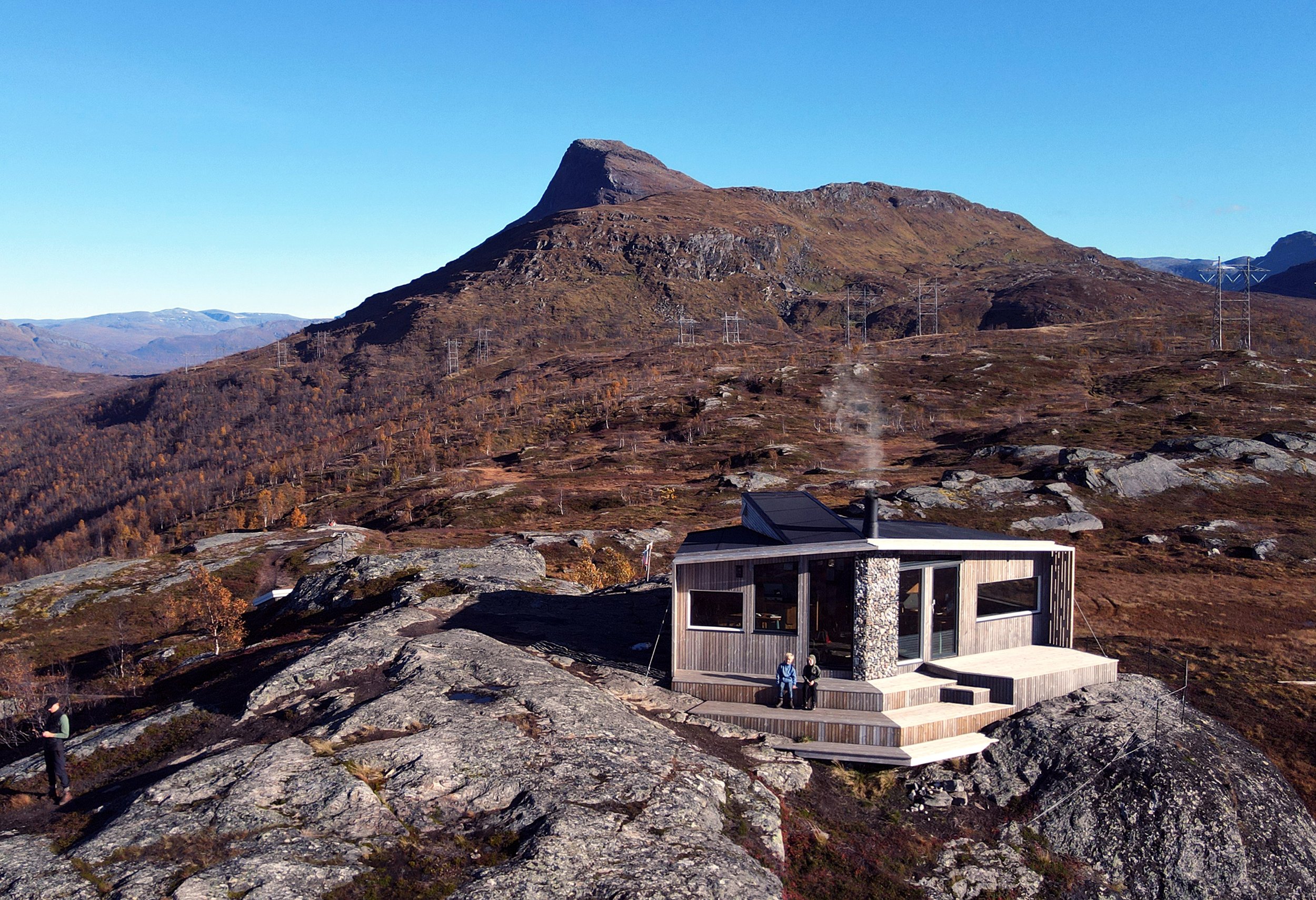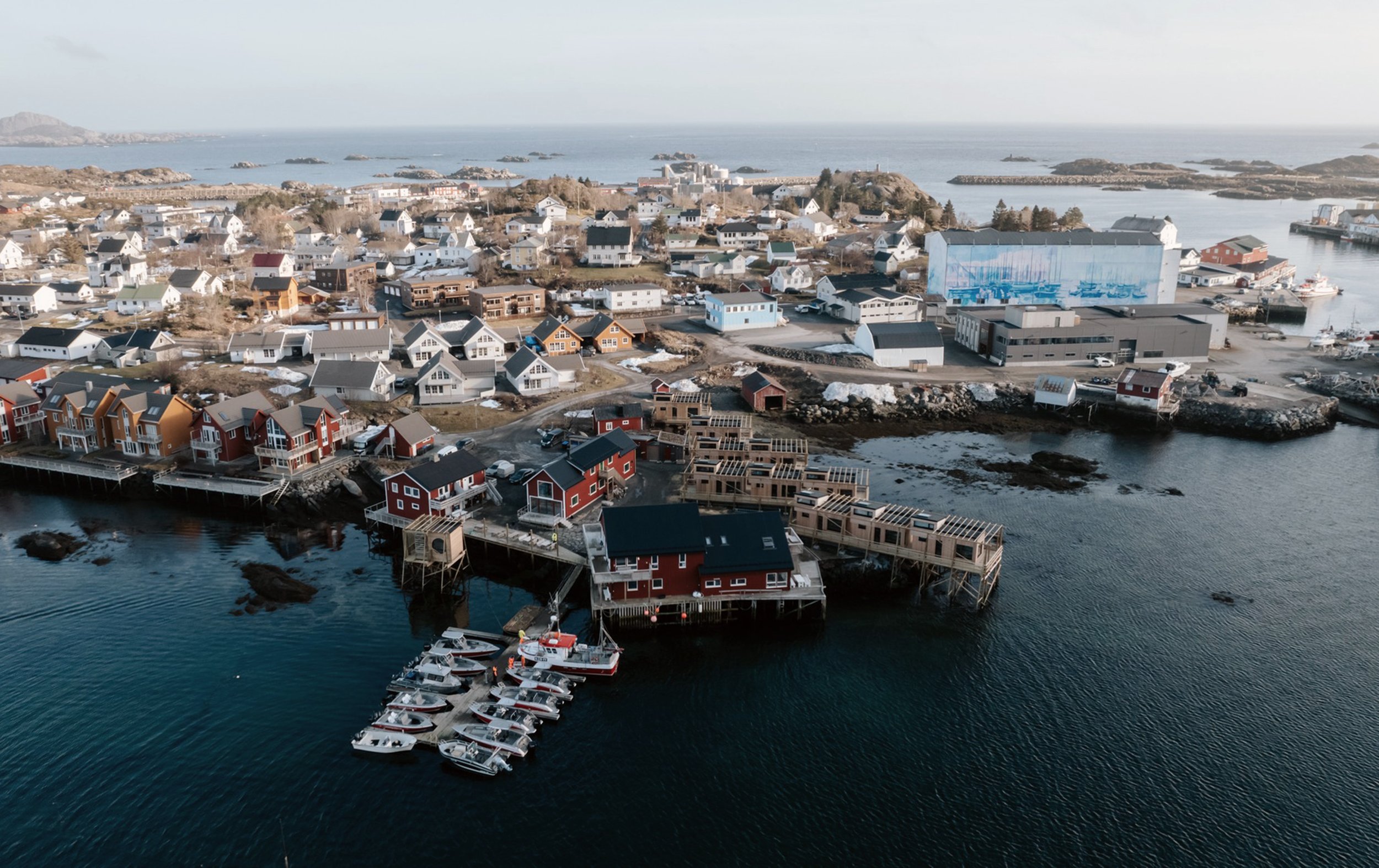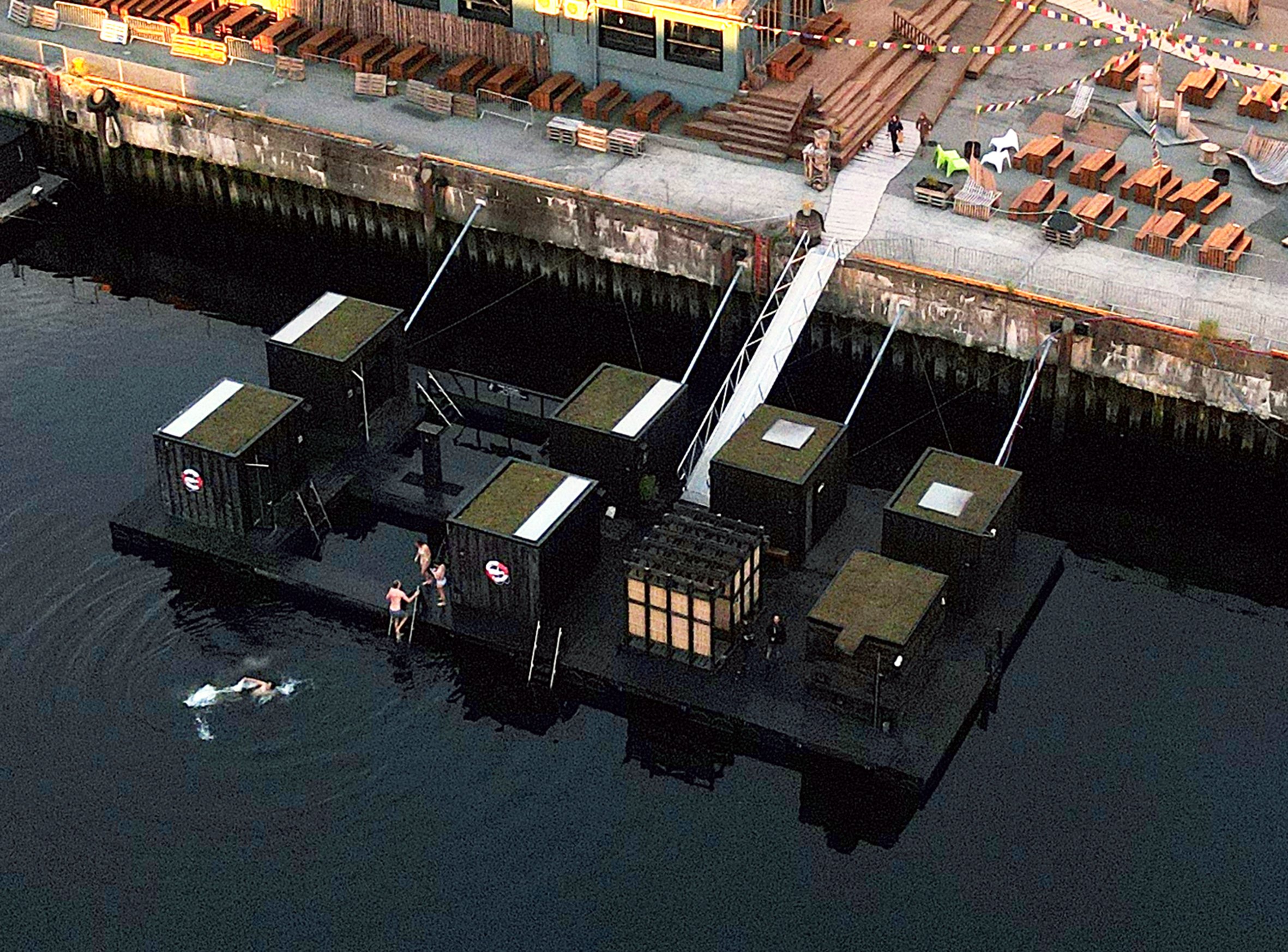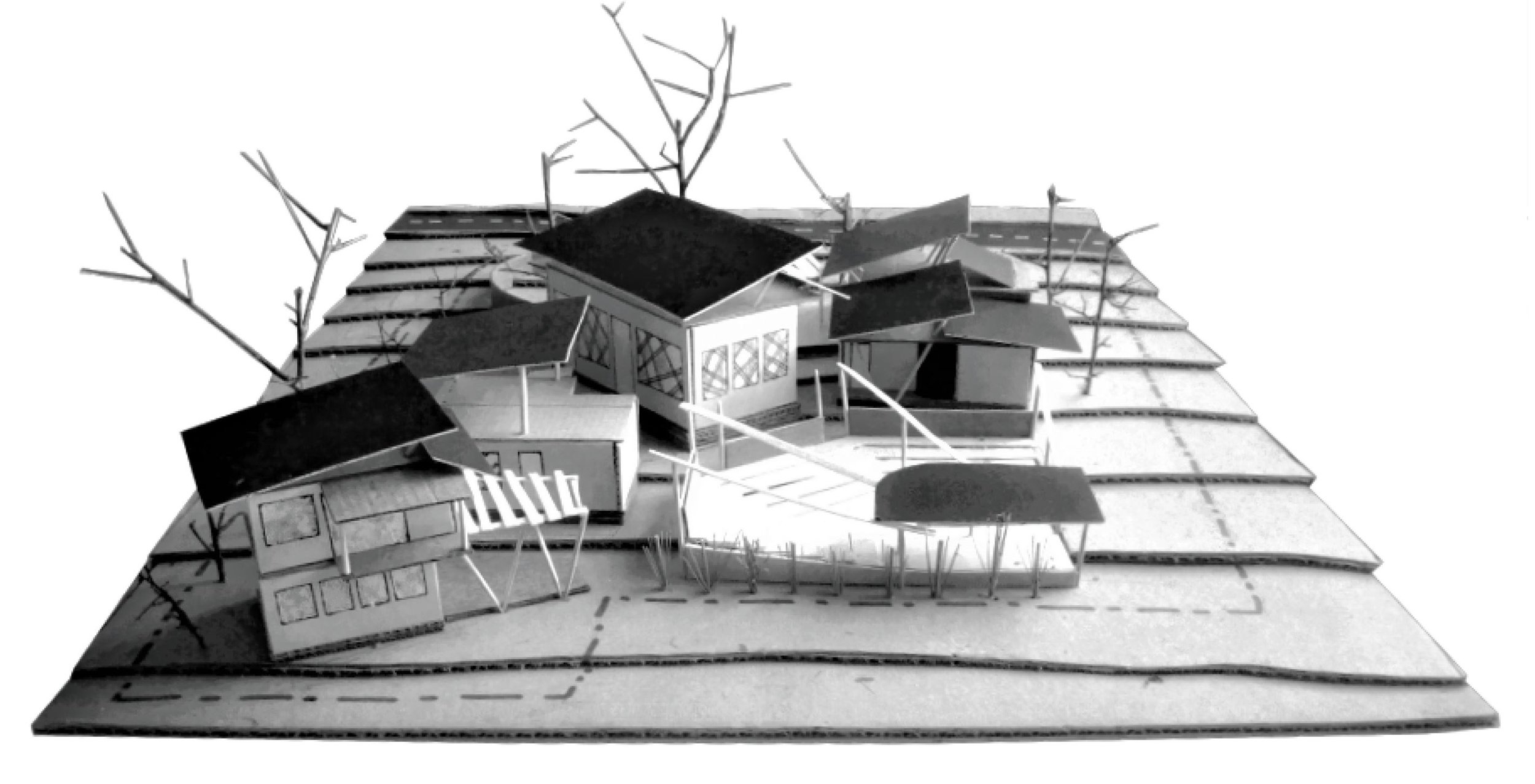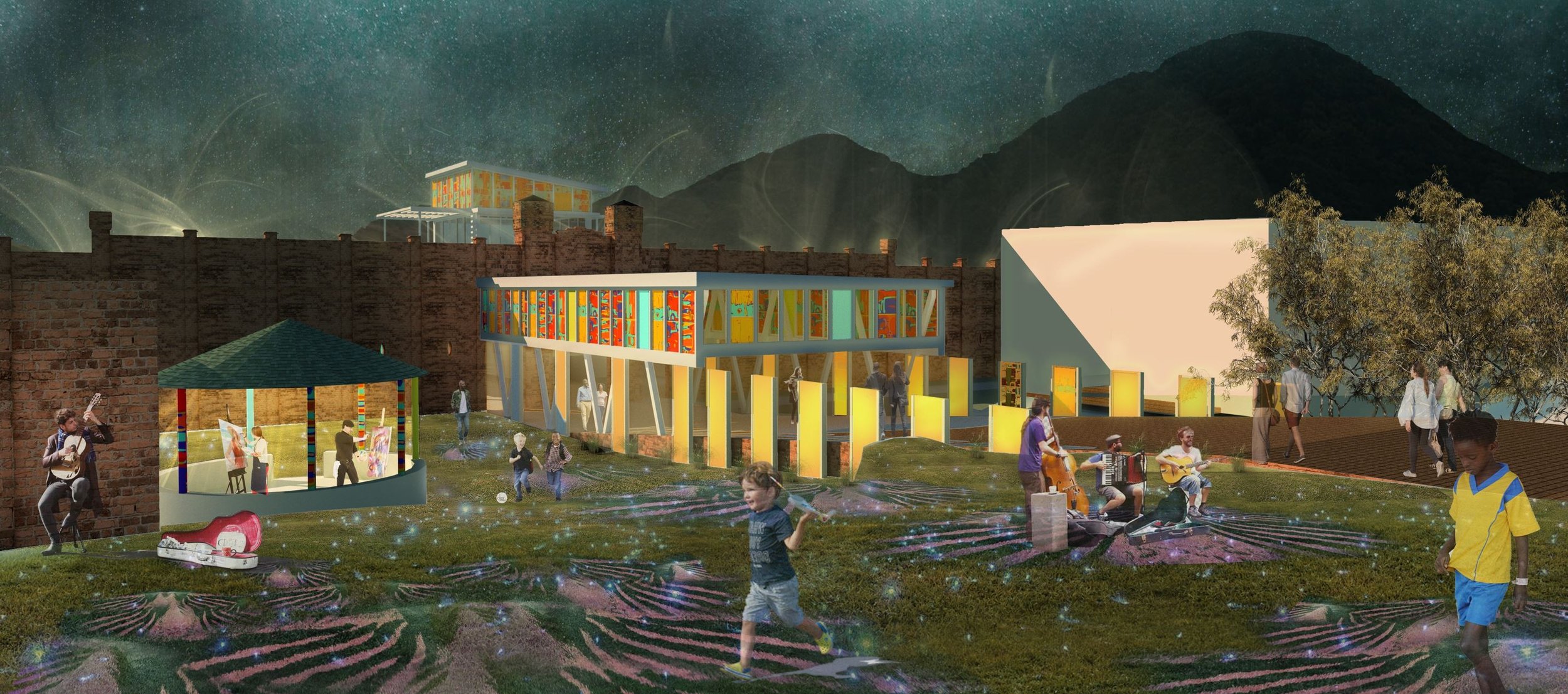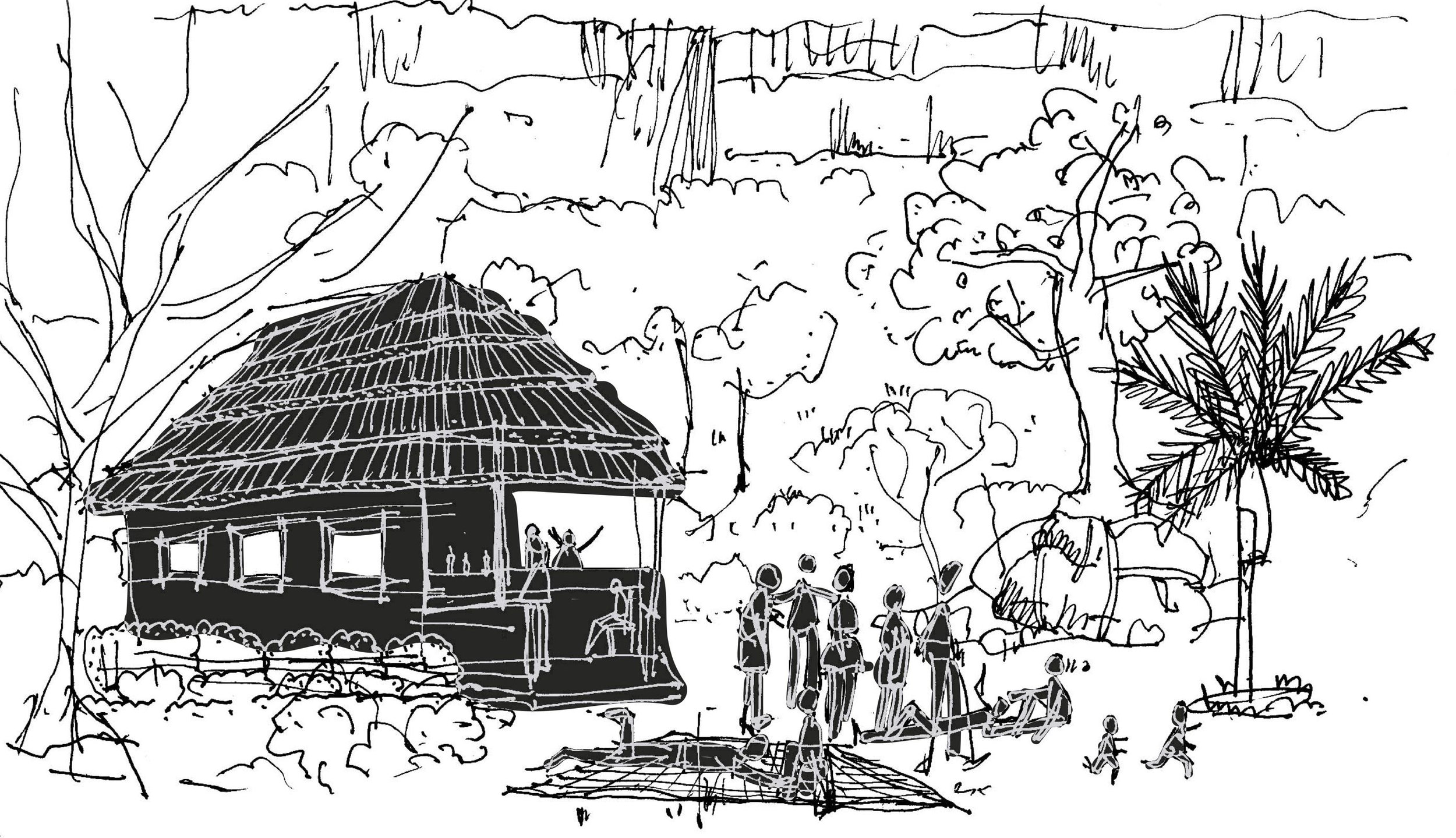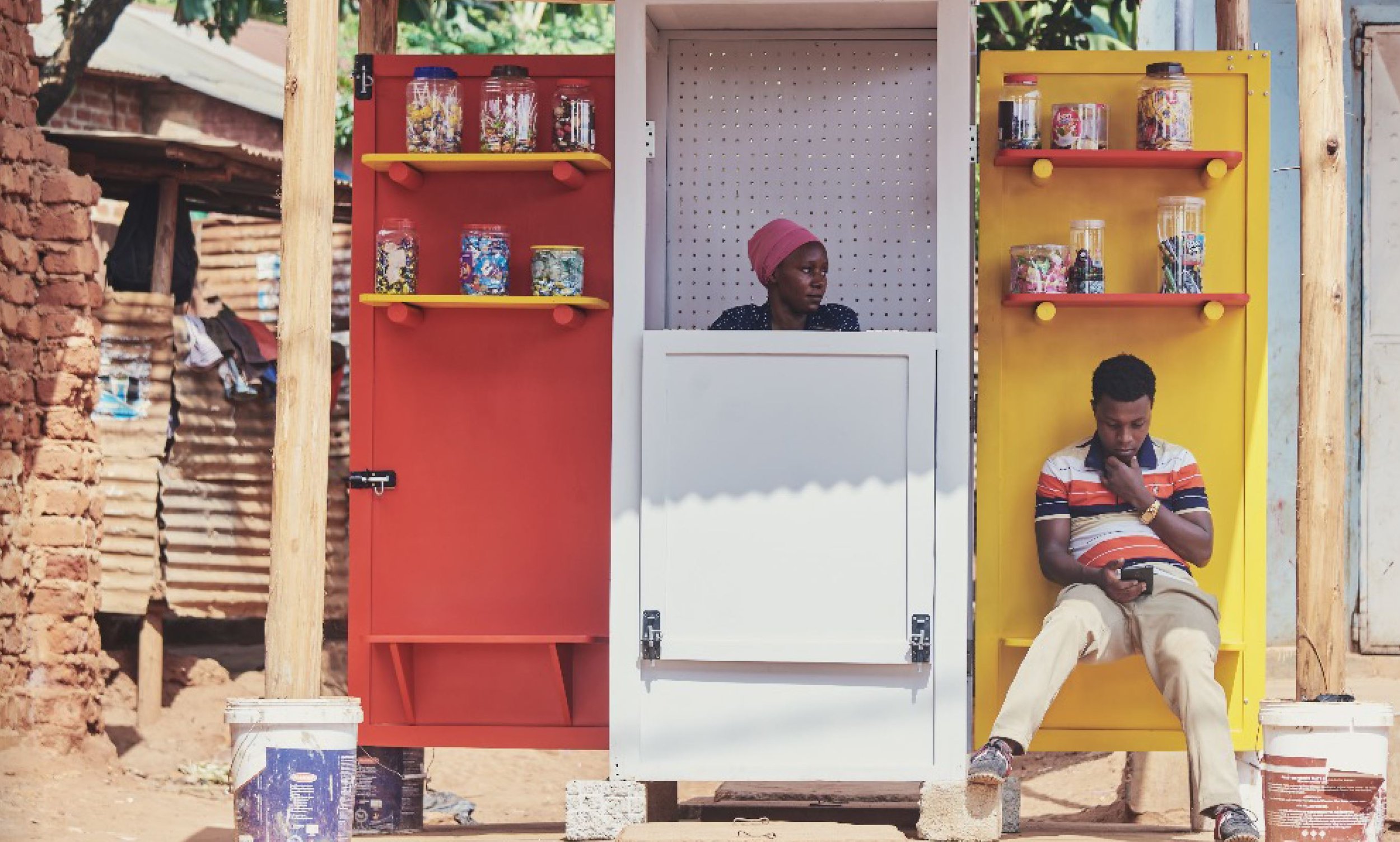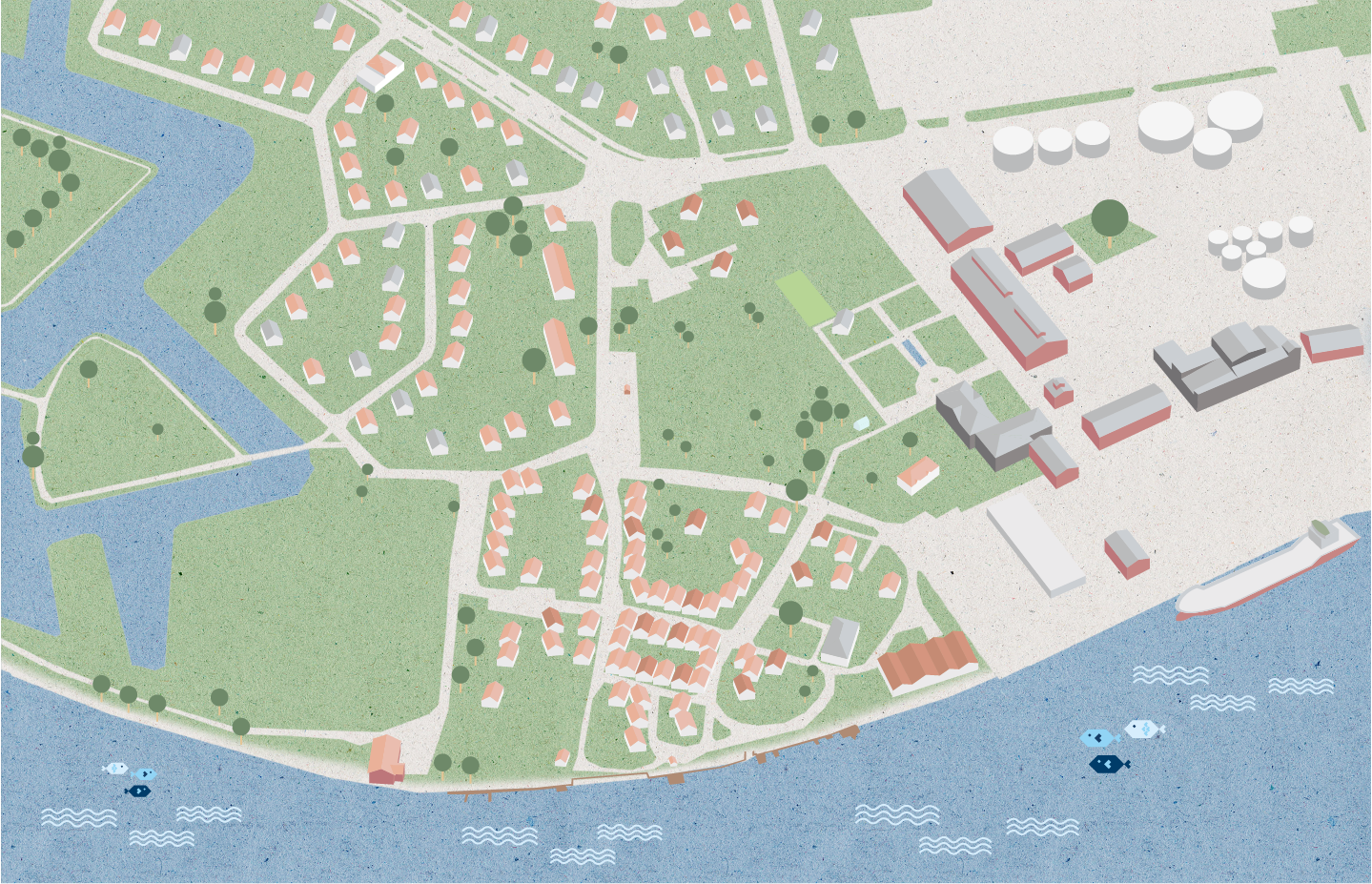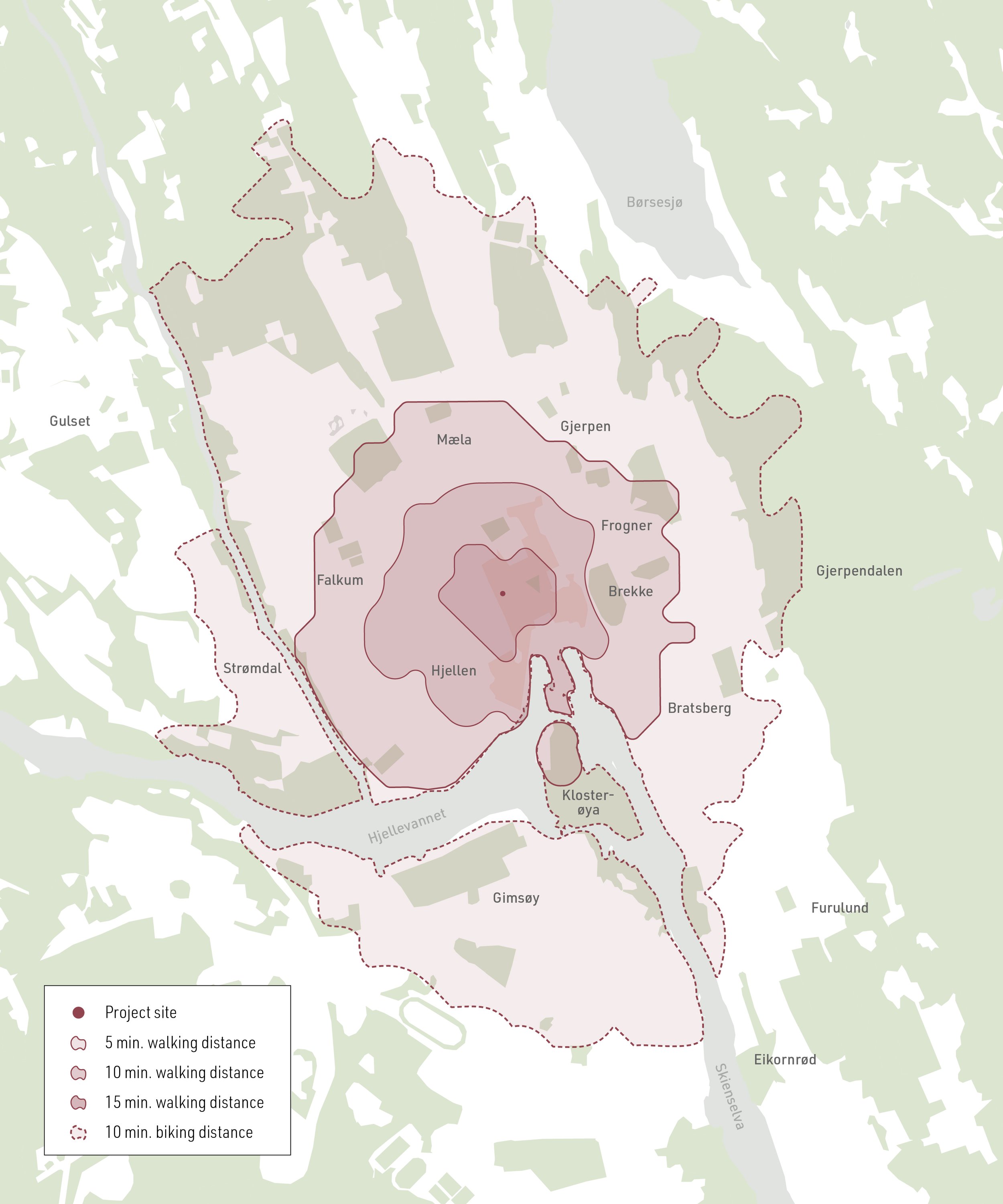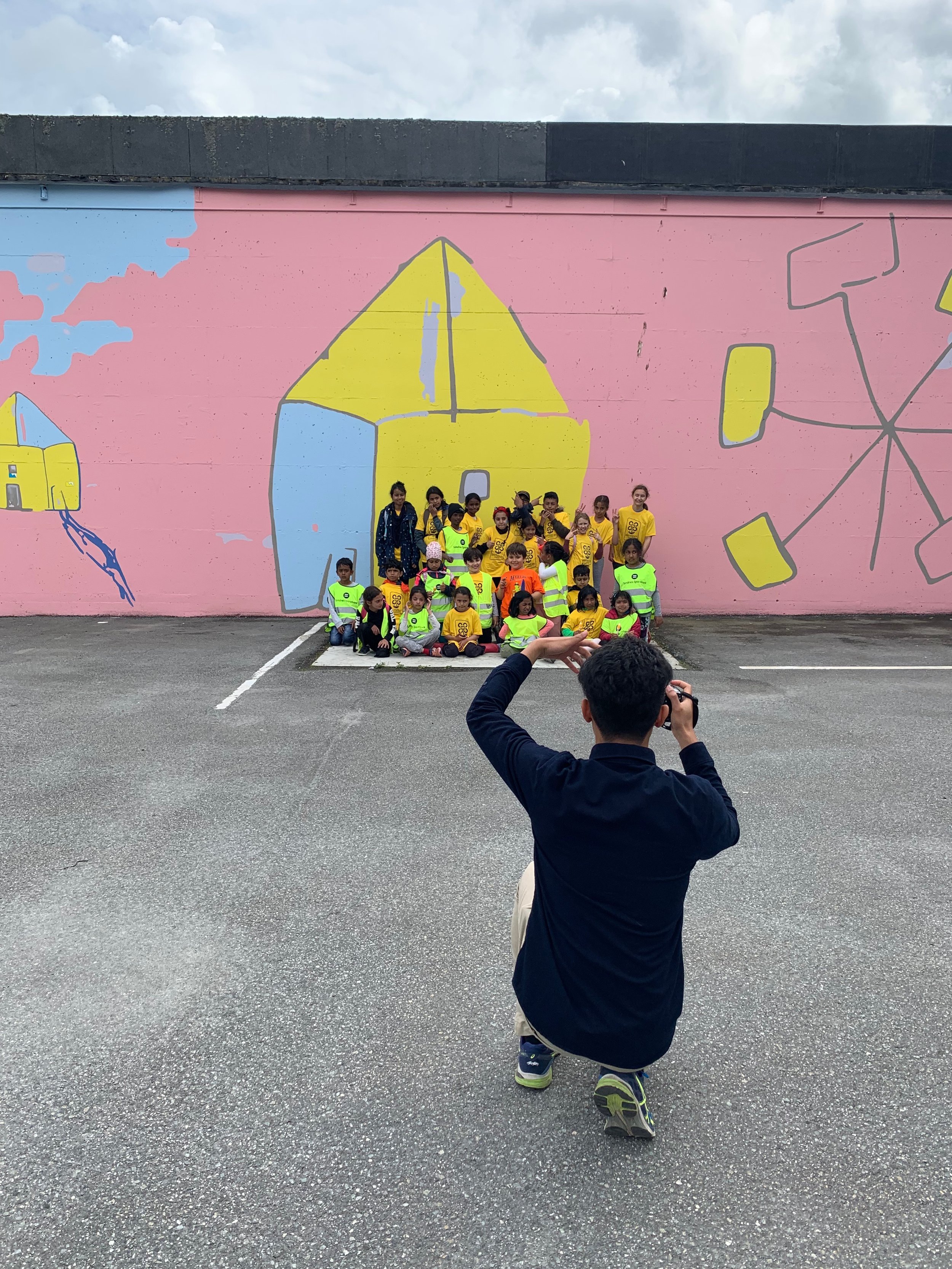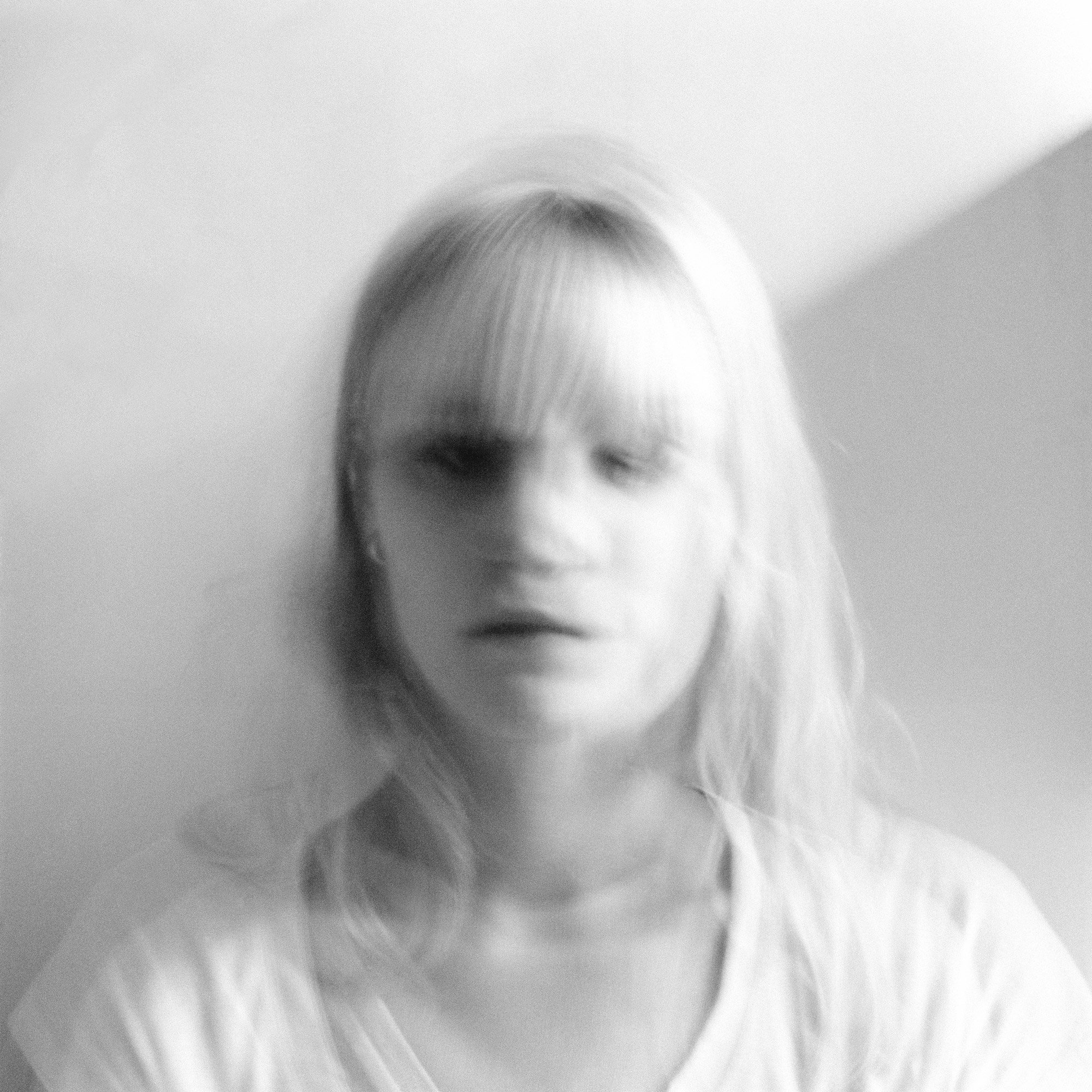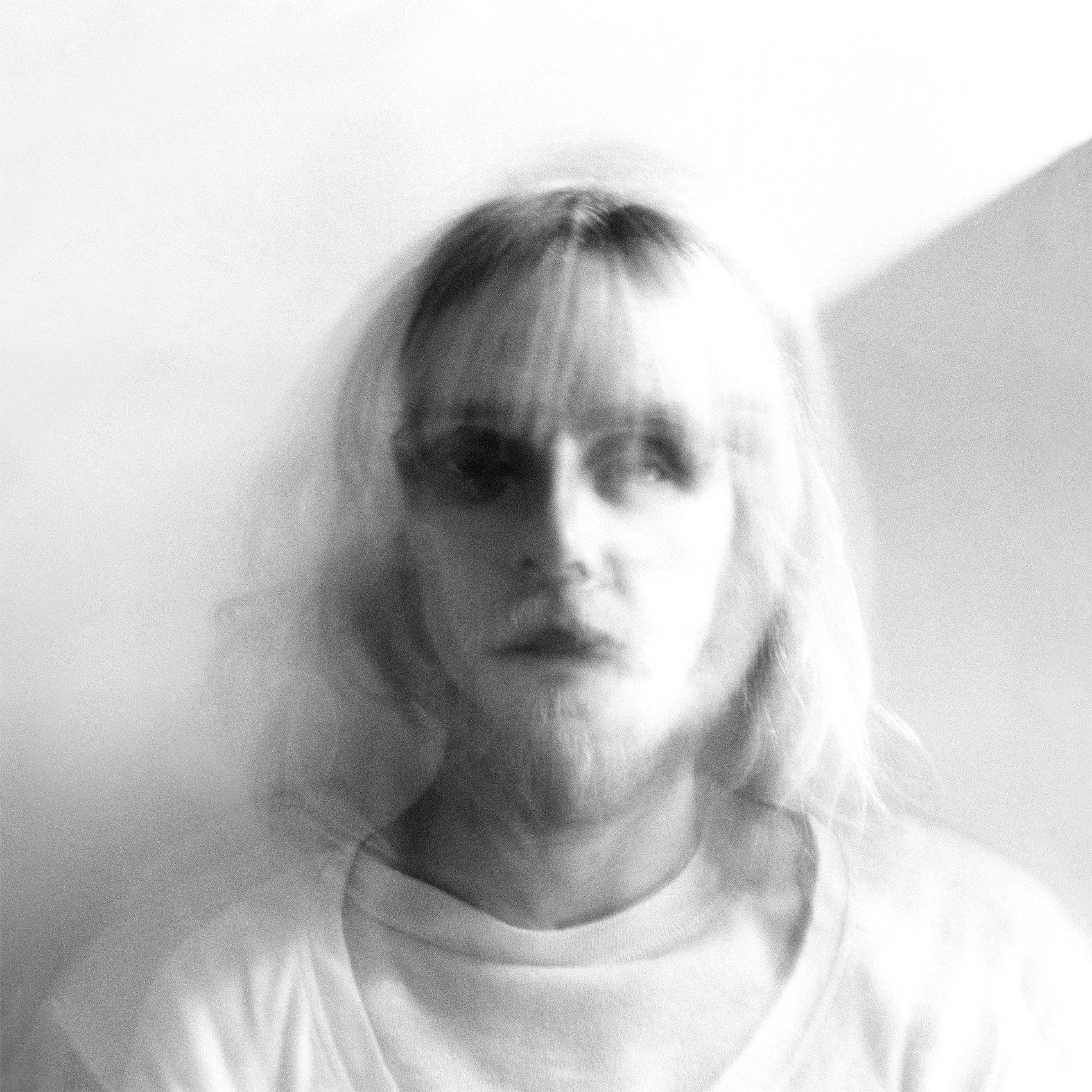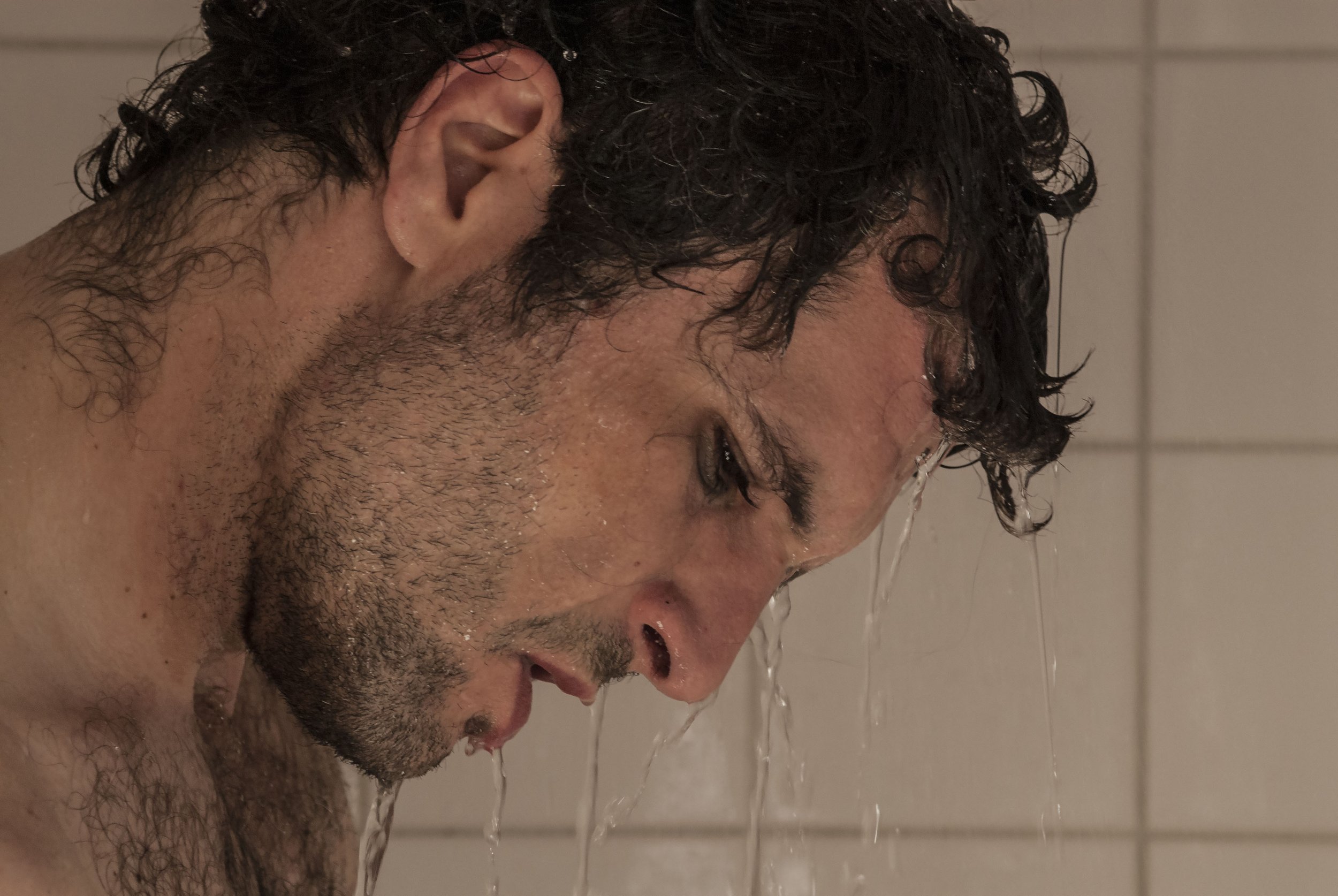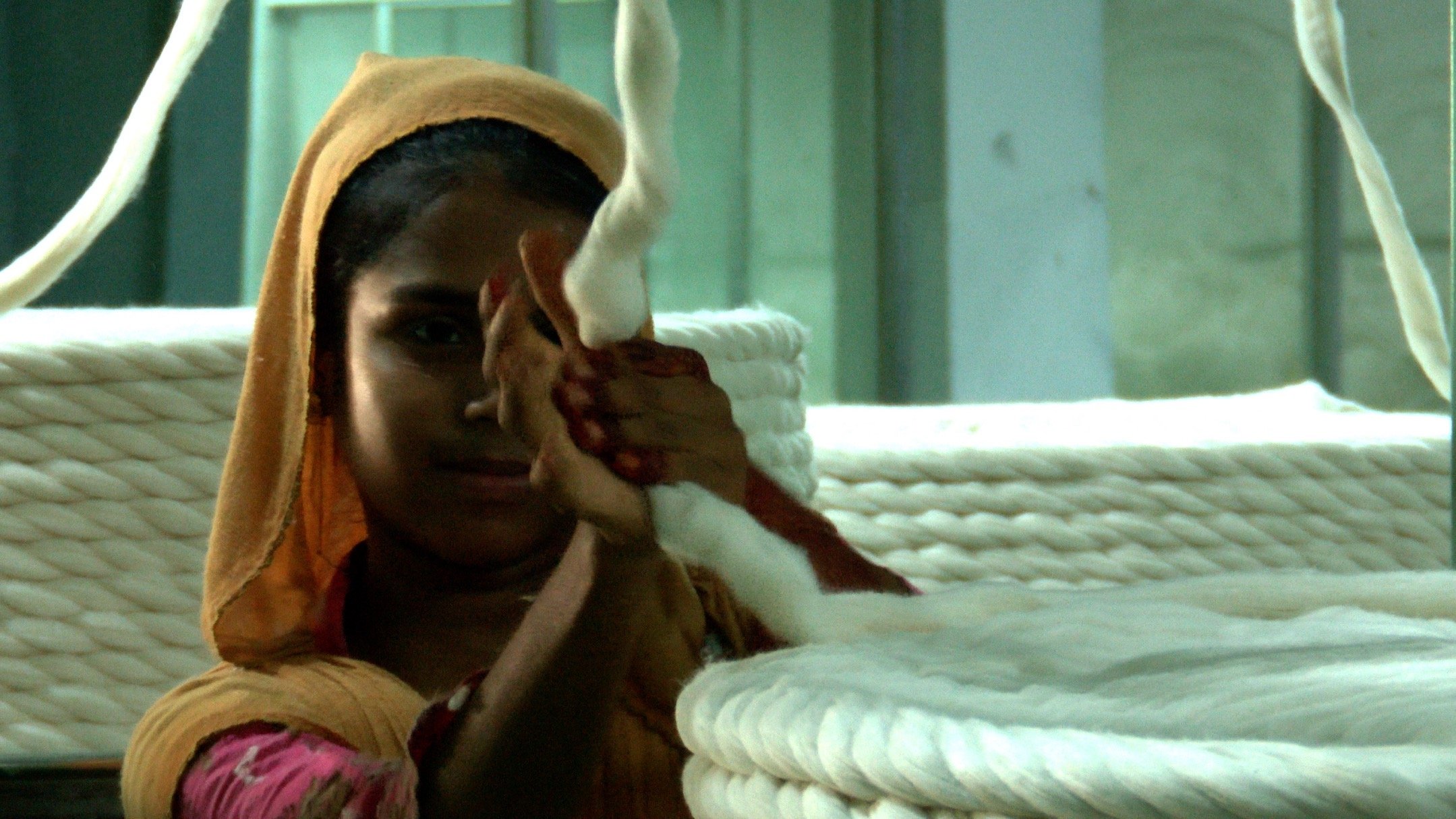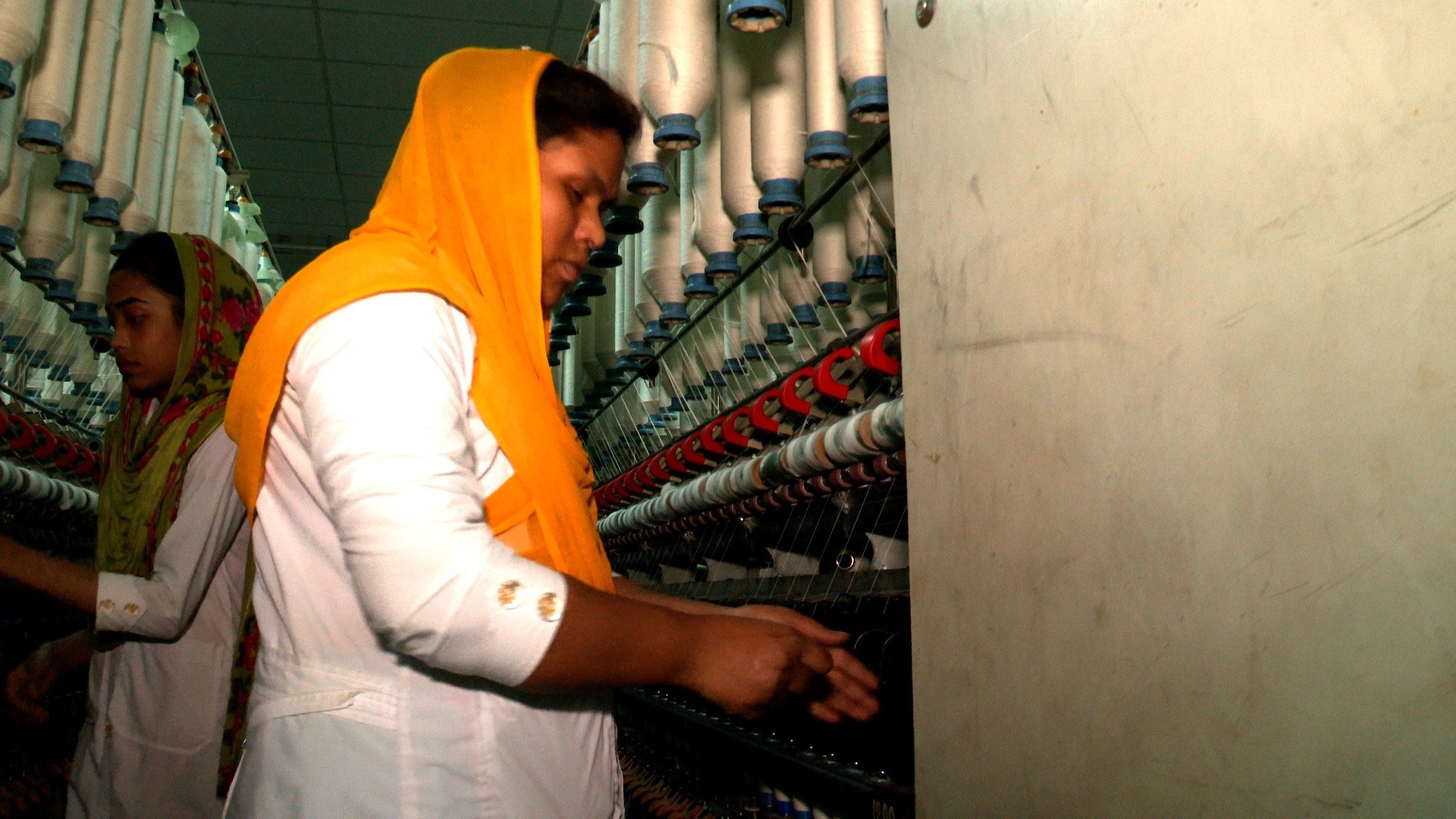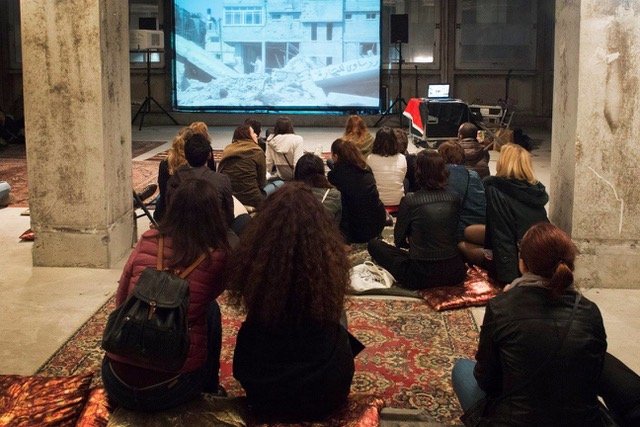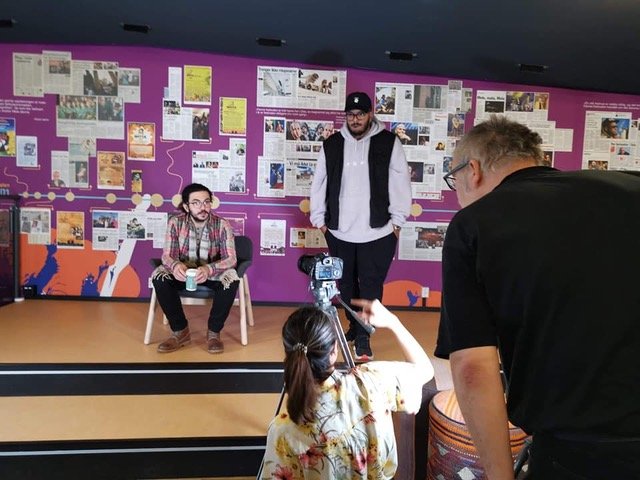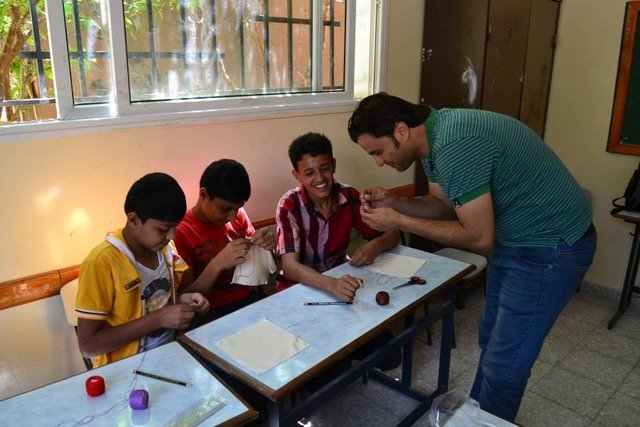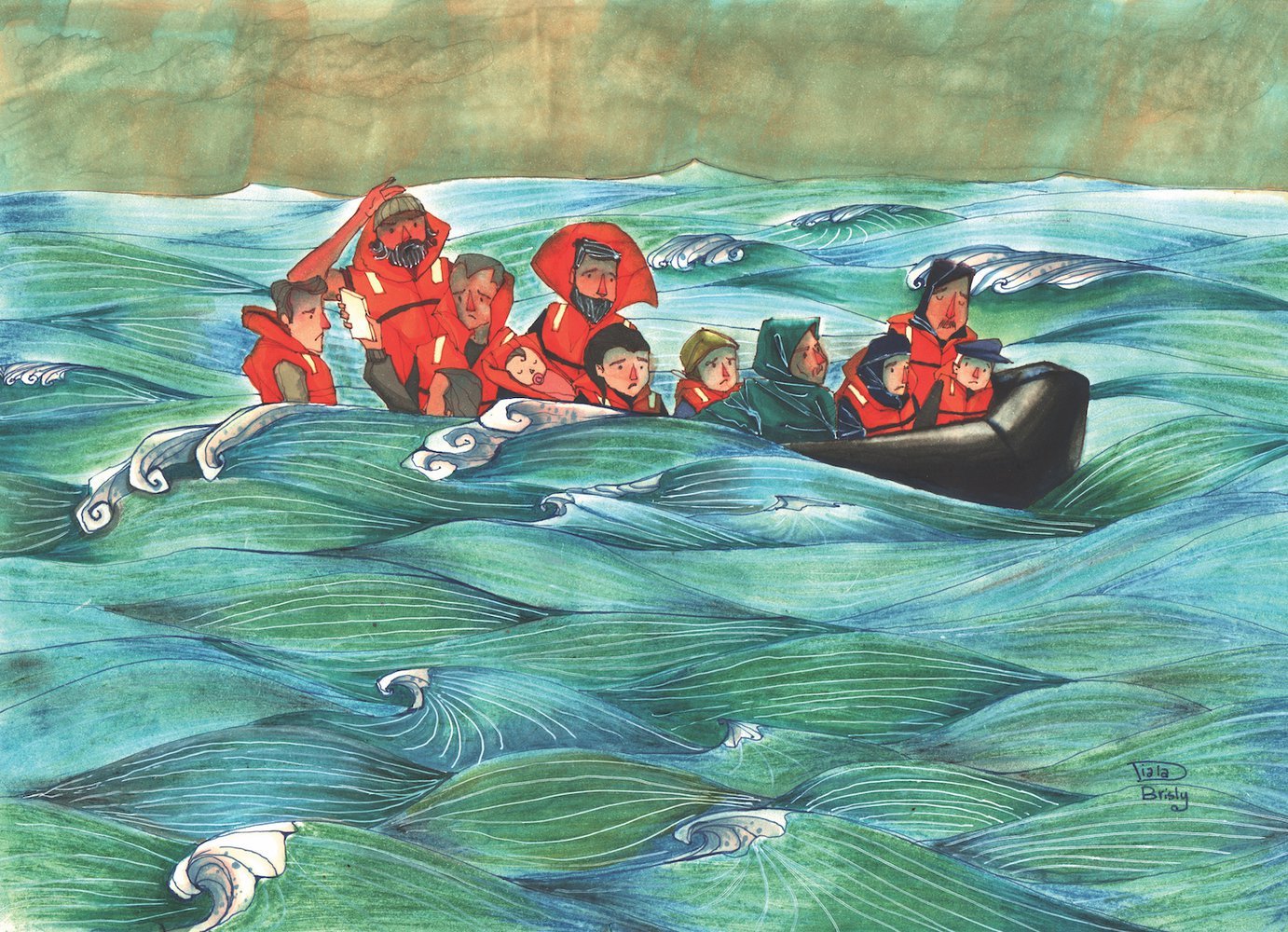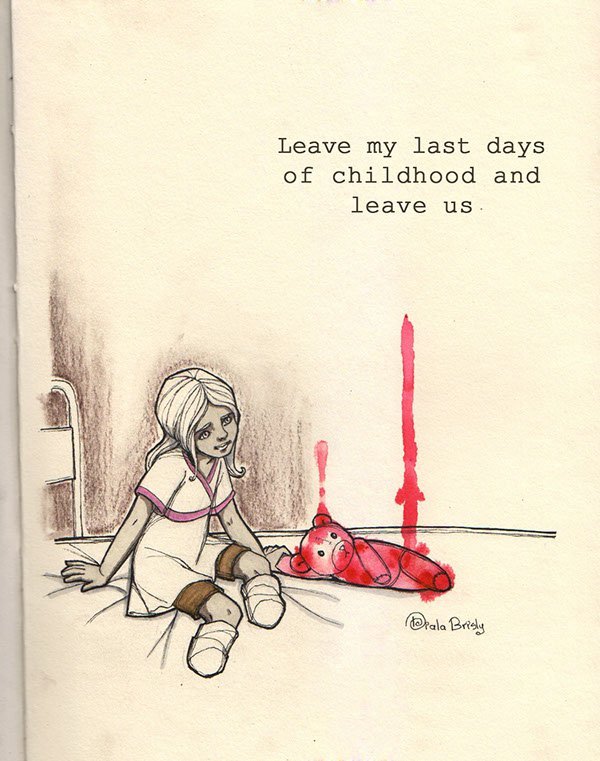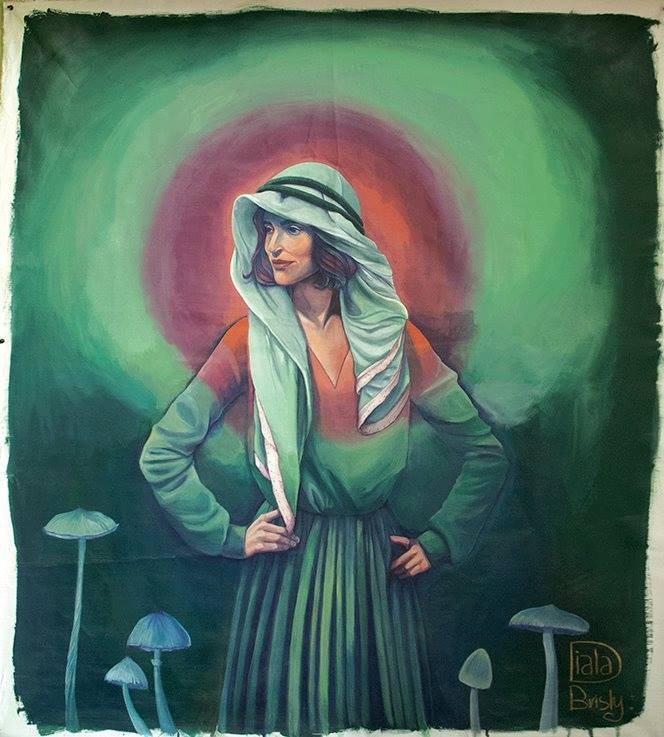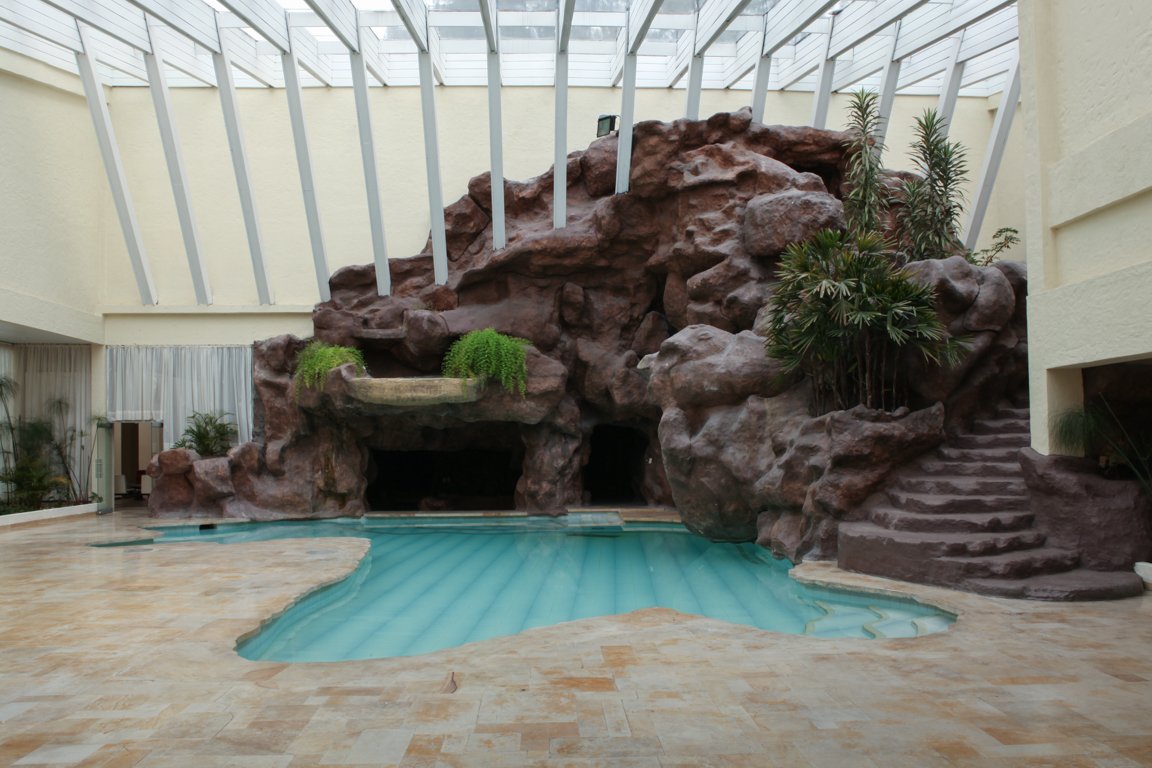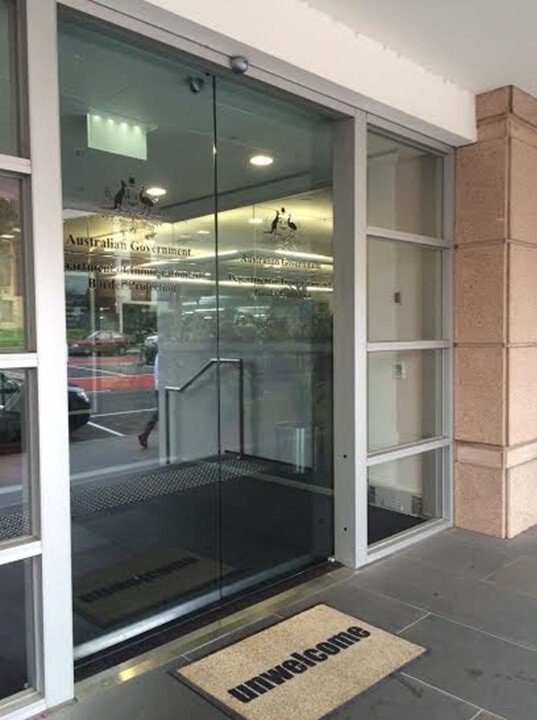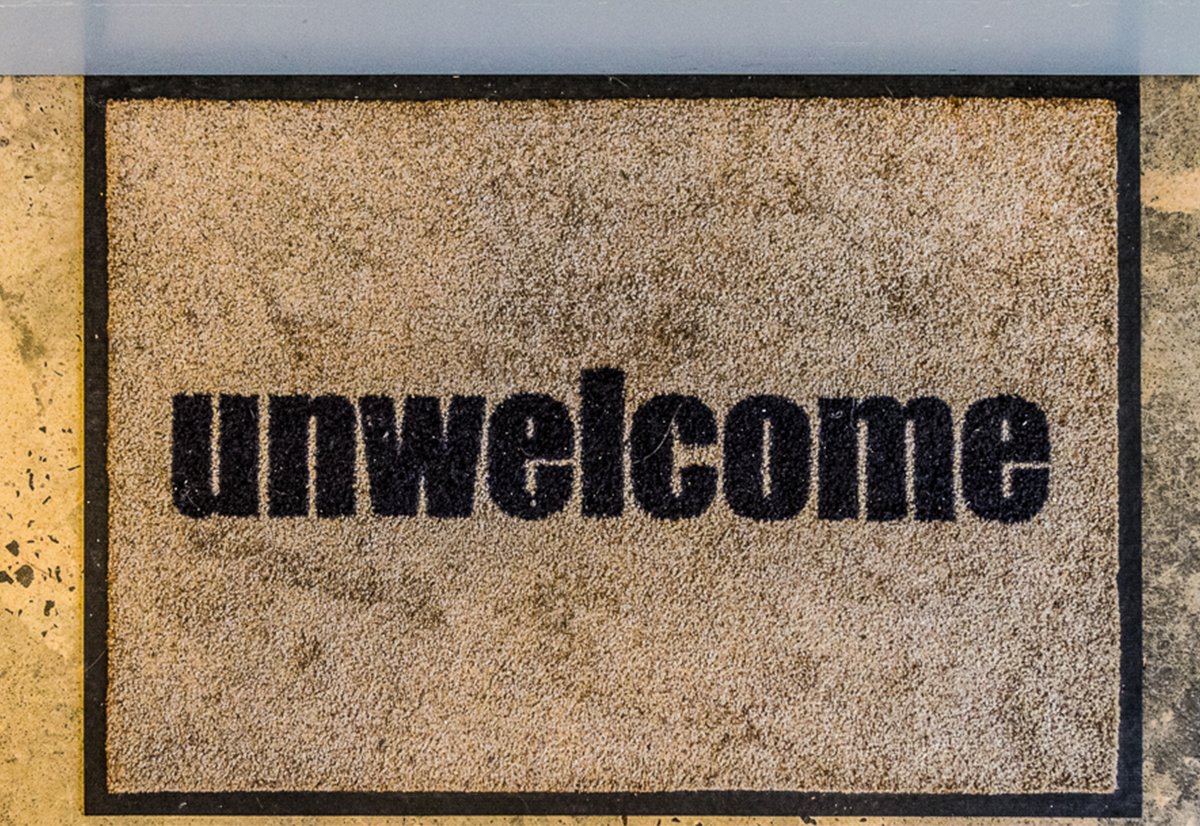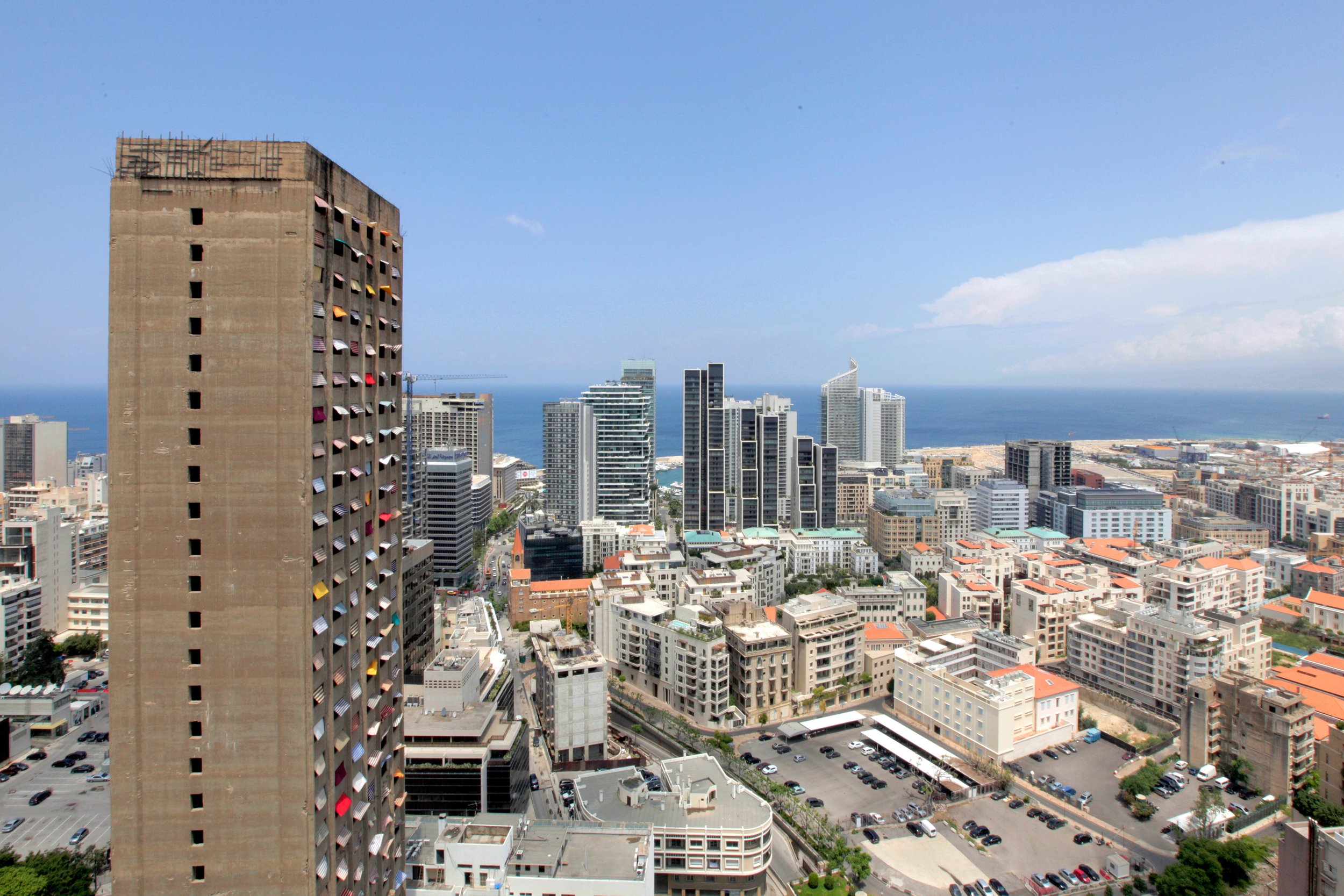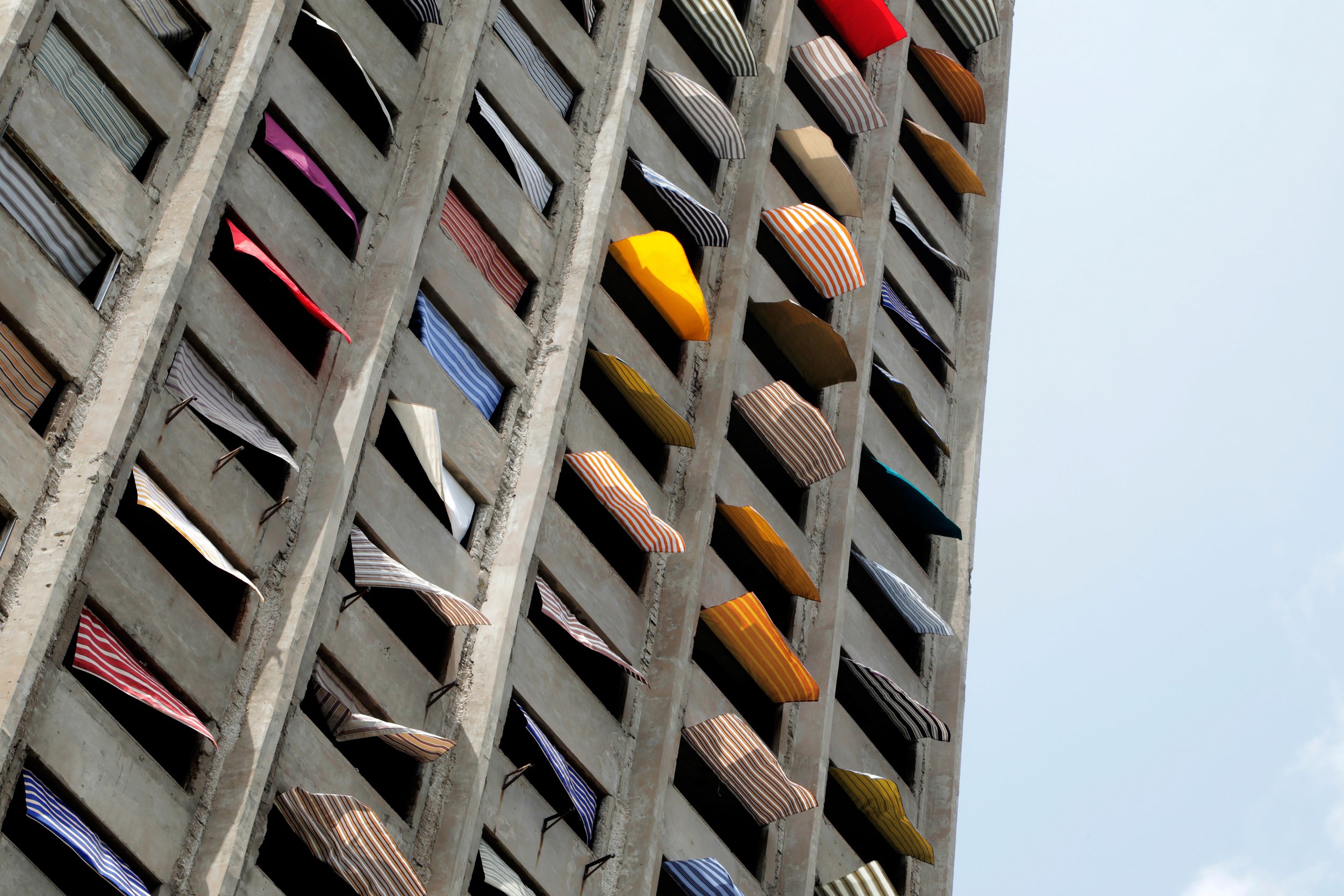Sanna Sønstebø is a conceptual artist currently residing in Oslo. She received her BA in Fine art at Leeds Arts University in Leeds, England 2018-2021. Her work has been shown in exhibitions and festivals in Portugal, England, Russia and Norway. She is interested by how meaning is constructed in the everyday world. Her practice involves approaching mundane objects and situations as if they were new to her. Repetition, chance and language are of particular importance to her work, as are the philosophical strands of semiotics and etymology. Her work manifests through video, performance and installation, and lately has ventured out into the very everyday world Sønstebø creates her work from.
Resident
Hana Yoo
Hana Yoo is interested in investigating the collective anxiety and transcendental experiences, formulated from the natural-artificial process of reversing perspective. Working in film and multimedia installation, she engages with the allegory of nature and technological appropriation in the context of human-environment transformation and reconstructs them through storytelling.
Yoo studied Media Art at the Berlin University of Arts and her previous grant awards include a film/video work grant from the Berlin Senate, work grant from the Seoul Foundation for Arts and Culture, research grants from the Kunstfonds Bonn, Berlin Senate (Visual Arts), Stiftung Kulturwerk, and Arts Council Korea. Her works have been shown internationally at museums and festivals including the Fotomuseum (Winterthur, CH), European Media Art Festival (EMAF, DE), and Busan International Video Art Festival (Busan, KR) among others. In 2022, she was awarded the Berlin Art Prize.
Image 1: Installation view / Hysteric C, solo show, Diskurs Berlin, 2020
Image 2: Splendour in the grass, 2020, still
Image 3: Installation view/ Chambers, solo show, Post territory Ujeongguk, 2021 / Photo: Byeonggon Shin
Image 4: Arbitrary Radius Circle, still, 2021
Eric Almberg
Eric Almberg is an artist currently living and working on land traditionally cared for by the Haudenosaunee, Anishnaabe and Attawandaron Peoples, in an area colonially known as Waterloo, Ontario, Canada. He/they have graduated with a B.F.A. from the University of Lethbridge, and a Diploma in Visual Art from Grant MacEwan University.
Eric’s work revolves around the themes of connection between beings, internal awareness, re-skilling and learning, and environmental sustainability. Eric works with these themes through workshops, participatory and collaborative performances, storytelling, installations, and sculptures which bring new life to discarded objects as materials. He has exhibited artwork in the Silver Skate Festival, The Works Art and Design Festival, and at Island Mountain Arts. Eric is currently preparing to build a timber frame traveling workshop cart with support from the Pat the Dog Theatre Creation microgrant program.
Image 1: Eric Almberg, ‘You are having an art experience: Trading’, 2019. String, sewing needle, paper, and pen, participatory performance, time variable. Photo by Stephanie Florence
Image 2: Eric Almberg with Guadalupe Martinez, ‘Building a House to Heal In: Carving’, 2020. Participatory performance, installation, and sound piece. Photo by Alicia Proudfoot
Image 3: Eric Almberg, ‘Timber Framing with Jason Gibson and Todd Sullivan’, 2021. 20’x12’6” footprint, full timber, joint cutting, planing, and fitting. Photo by Eric Almberg
Image 4: Eric Almberg, ‘A cart for words (model)’, 2022. 6”x4”x10”, scrap wood, canvas cut-offs, wire, rubber
Hans Petter Bjørnådal
Hans Petter Bjørnådal holds a Master’s degree in Architecture from Bergen Arkitekt Skole (2003) and studies in social anthropology, applied landscape ecology and history of philosophy. Bjørnådal explores architecture through an artistic and social anthropological approach and creates complex projects that have relevance for people and people's experience of the world in our modern society. As an architect and artist, he works project-based and often in collaboration with students or other artists through various forms of collaboration and workshops.
Bjørnådal is concerned with sustainability and how to promote culture, landscape and narratives in a new way that is in harmony with nature. Bjørnådal has run his own architectural studio since 2007, has received a number of awards for his work. He was represented in the Nordic Pavilion during LA BIENNALE DI VENEZIA in 2016. He is currently involved with the sculpture project Art in Hattfjelldalen which is a collaboration with Tomas Colbengtson, an art project in public space outside Grønnåsen School for Tromsø municipality, and the project Spheres which was exhibited during the VENICE BIENNALE 2021 and which will be presented in Kristiansund Kunsthall in February 2022.
Zhe Rui Chen
Zhe Rui is an architectural designer based in Kuala Lumpur, Malaysia. His focus lies on nature sites and community driven projects. Zhe Rui has been actively involved in volunteerism and relief works, helping underserved communities by contributing his building knowledge and passion. His skill sets have been made useful in community libraries, community canteens, cafes, tree houses, toilets, schools, and multipurpose halls in rural villages. He strongly believes that in his practice, it is important to get his own hands dirty so that he can fully grasp what it is like to get every nail and nut working in place for a functional building, be it physically or in a wider significance of public realm. Getting out of his comfort zone and engaging with the real world give him chances to implement locally relevant, real-world, collaborative projects in diverse disciplinary contexts.
Zhe Rui is currently pursuing Master of Architecture in University of Malaya. In addition, he is an artist who paints, makes art installations and sustainable related fabrications. His artworks have been exhibited in local and international exhibitions including in Italy, France, Macedonia, Korea, Japan, Hong Kong, China, and Thailand. He aims to find dynamic relationships between architecture and art, in which the former is attentive to the needs of present and the latter challenges its imaginative alternate future.
Video: Discussion with local villager on façade design of school that fits the surrounding context.
Image 1: The build and repair of a bamboo homestay for indigenous people.
Image 2: A completed community library cum canteen transformed from an old timber warehouse.
Image 3: The build of toilet and sanitary piping system for rural indigenous village.
Johanne Dalemark
Johanne Dalemark (master’s in architecture – RIBA), is an architect living in Trondheim, Norway. In collaboration with Sondre Utgaard she established the studio, Majoren Tegnestue which predominately designs residential and recreational architecture. Majoren Tegnestue is curious to explore and challenge social and alternative accommodations.
Johanne also works as an architect at Norconsult Trondheim. At Norconsult she is currently working on a transformation project at the harbor in Narvik. The transformation consists of conserving an old warehouse building by adding a new building skin that reflex the original architecture. The building will serve as an open pavilion for tourist arriving by boat.
Johanne studied at Aarhus School of Architecture in Denmark. She studied transformation architecture for her bachelor’s degree, and Habitation - building culture and tectonics for her master’s degree. Her thesis project, Penology, critiqued institutional historicism in prison architecture. She designed a detention center cohering to the principles of the Norwegian Correctional Service’s prison ideology. Penology has later been credited in the book, The Palgrave Handbook of Prison Design, published by the University of Birmingham.
In addition to her architectural background, she is interest in environmental psychology, sociology, and urban life. An interest, which is the foundation for her approach to architectural design.
Image 1: Flyteteltet, Majoren Tegnestue
Image 2: Pir1 Narvik, Norconsult
Image 3: Dyrk fritidsbolig, Majoren Tegnestue
Image 4: Penology, Thesis project
Ahmad Darkhabani
Ahmad Darkhabani (b. Damascus, Syria) lives and works in Graz, Austria. He is currently pursuing a master’s degree in architecture at Graz University of Technology after finishing his diploma at Damascus University in 2017.
Darkhabani works as a producer of contemporary art exhibitions at Grazer Kunstverein. In addition he is conducting research that examines the exhibition as a mode of representation while investigating politics of display. This implies describing and understanding the dynamics and interrelations in which particular factors engage with each other and exert influence on the production of the final exhibition.
His current focus is on the mutual impact and intersection between exhibition making and architecture. Through direct engagement and close observation of the ways bodies gather and move in space, Darkhabani constructs an understanding of the interactive relation between bodies and exhibition spaces while considering intangible aspects that frame this interaction such as perception and artistic presentation.
Ahmad Darkhabani has participated in numerous exhibitions and projects including: Which are our Silent Universities? – Unlearning Classroom exhibition at HDA-Haus der Architektur and IZK-Institute for Contemporary Art, Graz 2018, Venice Design Biennial with amm-architektInnen machen möbel, Venice 2018, Grazer Kunstverein moves to an in-between space workshop, Graz 2021, and The Stories We Tell Ourselves publication with Kunstverein München, Munich 2021.
Image 1: ‘A Colonial Fantasy’, 2020. Video still, Those Who Define How We See Art, Possess the Power.
Image 2: ‘Three Blue Houses’, 2021. A research-based illustration of the blue houses located at the Military Demarcation Line (MDL) between North Korea and South Korea.
Image 3: ‘A Government’s Persona’, 2020. Video still, Those Who Define How We See Art, Possess the Power.
Image 4: ‘Terror’, 2020. Video still, virtual theater play on Minecraft, Terror.
Stephanie Florence
Stephanie Florence is a neurodiverse artist and curator originally from amiskwacîwâskahikan, colonially known as Edmonton, Alberta. Their artwork is primarily based in collage and collaboration, borrowing from sculptural objects, installations, performative gestures, explorative painting, and photographic means. Currently, Florence is conducting exploratory research on interspecies citizenship, and how living bodies become a commodity for colonial-capitalist culture during their MFA at the University of Waterloo. Specifically, they are producing collaborative artwork with the flora, fauna, micro-organisms, and humans in the colonized-city landscape, with an intent to understand and communicate with beings that have been devalued by consumer-capitalist culture and extraction economies.
They are a graduate of the University of Lethbridge with a BFA in Art Studio and a Diploma in Fine Art from MacEwan University. Florence is grateful for the support from the Canada Council for the Arts, the Region of Waterloo Arts Fund, and Pat the Dog in researching and producing artworks. In 2021, they curated the SkirtsAfire Festival, completed a residency at the Yorath House Studio, and exhibited The Human Wheel at the Lowlands Project Space, while launching their collaborative book titled COVID COLLECTIONS. This anthology was funded by the Edmonton Arts Council and the City of Edmonton, and interweaves collections of experiences, interviews, art, and poetry into a book from an inclusive array of Edmontonians during the COVID-19 pandemic. As a non-binary artist, Florence acknowledges the use of pronouns such as they, them, she, her, he, and him.
Image 1: Stephanie Florence, ‘Dandehead: my roots are showing (colonial roots)’, 2022. Taraxacum officinale in a plantable helmet construct, photo-credit to Stephanie Florence and Ashley Guenette.
Image 2: Stephanie Florence, ‘Is it Exponential Growth or Rapid Decay?’, 2022. Pink Oyster mushroom on my non-binary body, photo-credit to Stephanie Florence and Eric Almberg.
Image 3: Safaa Alnabelseya, Stephanie Florence, Hania Shehab, and Parastoo Varshosaz, ‘Nest(ling) Brick’, 2022. Digitally printed stoneware ceramic clay bricks from a baked Rhino model, photo-credit to Stephanie Florence.
Image 4: Stephanie Florence, ‘The Human Wheel’, 2021. Plywood, lumber, steel, bolts, and rubber wheels, Technicians: Alicia Proudfoot and Eric Almberg, photo-credit to Steven Teeuwsen, and Stephanie Florence.
Doriane Happel
Doriane Happel is a french designer and landscape architect established in Oslo since 2013. She received her education in France, at Ecole Boulle, Paris and Ecole Nationale Superieure du Paysage, Versailles Marseille. She has developed broad creative and technical skills by working across a wide range of projects of different scales including public parks, urban transformation projects, and school playgrounds to name a few. She has also participated in organising creative workshops and designing and putting up decoration in venues for a variety of events (concerts and creative activities).
Through her practice she focuses on creating meeting points between culture, environment and communities. Her travels and experiences abroad are sources of inspiration for her design projects. Drawing is a way to collect pieces of stories, to understand new cultures and practices and an important communication tool. She has a sensitive approach to analyzing and understanding places through the different layers they are composed of.
She is currently experimenting with new forms of practice where she wants to develop a more personal approach to placemaking through art, culture and environment.
Image 1 - Telling a story of a place by reusing and redesigning existing elements (2016-2020)
Teamwork at Grindaker AS / Harbitz Torg-urban transformation, Skøyen, Norway (Møller Eiendom). Photo: Damian HeinischImage 2 - Sequences illustrating the different social and ecological concepts (2019)
Teamwork at Grindaker AS / Part of an international ideas competition for the design of Lentoasemanpuisto on the site of the former Malmi airport (Held by the City of Helsinki og MARK).Image 3 - Concept drawing-From planting a tree to creating a sense of community (2019)
Teamwork at Grindaker AS / Part of an international ideas competition for the design of Lentoasemanpuisto on the site of the former Malmi airport (Held by the City of Helsinki og MARK).Image 4 - Extracts from travel book (2015-2017)
Afaf Ismail
Afaf Ismail is an architectural researcher from Malaysia. She has received grants from the Royal Institute of British Architects, the Norman Foster Foundation, and the Malaysian Institute of Architects to carry out research looking at community-based architecture after natural hazards or crises in Indonesia, Japan, Pakistan and Bangladesh.
Afaf has presented her work at local and international conferences on the need for participatory design methods that put communities first, especially in post-disaster rebuilding. Here research outcomes have been exhibited in the UK, Shanghai and Malaysia.
Her final year project, she proposed an establishment combining the functions of hotel and health clinic in order to combat the pantomimic state of tourist cities — a solution that serves the community together with the visitor, is vital.
As a young architect, she is building her niche around community-based design, focusing on strengthening each community's capacity. She believes in policies that effectively challenge economic and political relationships between countries at the macro level, while placing communities at the centre of developmental growth at the micro level.
Image 1: A Pakistani craftsman building a low-carbon house designed by architect Yasmeen Lari
Image 2: Floorplan of Afaf's final year project on a community clinic attached to a hotel in Ipoh Old Town, Perak, Malaysia
Image 3: An Indonesian father rebuilding his house after Lombok's 2018 earthquake
Image 4: A group of Pakistani women making and serving tea at their handmade chulah (stove)
Kyrre Midtbø Kalseth
Kyrre Midtbø Kalseth is an Industrial Designer and Passivehouse & Energy Advisor living in Gratangen, Northern Norway. From here he runs the design collective and design studio Erlikpluss (EgualsPluss). The practice focuses on doing both commissioned and self initiated work within the field of design & architecture that in some way or another aims on creating ecological conscious and fun projects.
He works with various scales and disciplines and the projects are therefore spread within the field of architecture, sustainable building practices and materials, co-creation, product design, graphic design as well as the physical building of small scale architecture. He has worked a great deal with arena development for festivals and cultural arenas such as SALT Art & Music (Oslo), HAVET Arena (Trondheim), Trænafestivalen (Træna) and Rakettnatt Music & Arts Festival (Tromsø). He produces visual profiles, as well as products, architecture and art projects. Kalseth has received numerous design awards and in 2021 was awarded a work scholarship from Kulturrådet (Statens Arbeidsstipend), to work with self initiated regenerative architectural projects.
Last year Kyrre also established a new practice together with architect Sami Rintala and Cultural Entrepreneur Erlend Mogård Larsen where they design and build both floating and land based sauna and bathing projects; Vulkana Floating Objects. (www.arkobjects.com)
Image 1: The Snolke Cabin (open hiking mountain cabin, Gratangen, 2019)
- An open hiking cabin in wood that is prefabricated and carried to site and mounted by the efforts of the local community.
Image 2: Haihuset / The Shark House (Explorers Club for marine life, Engenes, Andørja, 2020).
The project had the aim of utilizing the terrain without any harm to the site, using a floating steel structure to hold the massive wood buildings hovering above the rocks towards the sea. The buildings are almost self sufficient, using an air-to-water heating system and natural ventilation.
Image 3: Hemmingodden Lodge (Fishing & Hiking Hub, Hemmingodden, Lofoten Islands, 2021)
- All the new units for the site were prefabricated and craned on to piers out towards the sea that bears resemblance of old fish racks (hjeller) that use to be here. They are fully removable from the site in a matter of days.
Image 4: ARK Lauga - Floating Sauna & Bathing Village (Havet Arena, Trondheim, 2022)
- ARK Lauga is a part of a large urban development scheme in Nyhavna. We have developed and delivered a floating village which measures 400 square meters. It boasts four public saunas, a Russian inspired banja, one bathtub inspired by the Japanese Onsen, as well as a salt water pool, bar and reception and outdoor shower. The buildings are made in massive wood and are topped off with sedum / green roofs. The whole structure is fully demountable.
Tadeo Nedala
Tadeo Nedala’s work ranges across architectural design, product design and graphic design. He graduated with a Bachelor of Environmental Design with Honours at Uganda Martyrs University in 2019. He is currently a product designer at Baraza Design Village in Uganda where he provides detailed drawings and illustrations for interior furniture pieces.
Alongside his professional work, Tadeo is undertaking a Master of Architecture at Uganda Martyrs University. He enjoys the physicality of architecture and is interested in the process of emphasizing architectural details to form objects. Previous work has included contributing to the design of a temporary Mobile Money Kiosk in Kampala, Uganda. The work explored existing kiosks to better understand the use of space, materiality and character of business. This exploration resulted in the redesign, fabrication and installation of a new mobile money kiosk for a mobile money vendor.
Ibrahim Mufti Pradityo
Ibrahim Mufti Pradityo graduated in 2020 from University of Stavanger with a master’s degree in city planning and urban design. His thesis, investigated how urban areas could be developed to better facilitate families with young children.
He currently works as an urban planner at Nomad planning office, and advocates for socially sustainable cities. In his professional practice, he works with citizen participation processes in combination with Geographic Information Systems (GIS) and qualitative analysis methods.
Image 1: Participatory planning in the historical neighbourhood of Vaterland in Fredrikstad, Norway
Image 2: Mural unveiling, “children’s dream city”. Photo: Mad Arkitekter
Image 3: Mapping the walkability of Skien, Norway
Marit Silsand
Marit Silsand (b.1980, NO) is a visual artist living and working in Oslo. She works with analogue photography, video and site-specific installations. In 2010 Silsand graduated from the Gerrit Rietveld Academie in Amsterdam, where her studies included an exchange program to San Francisco Art Institute in 2008. From 2003-04 she studied at Fatamorgana–The Danish School of Art Photography in Copenhagen. Silsand is a member of Bjørka, a collective atelier space for lens based artists in Oslo.
Ayman AlAzraq
Ayman Alazraq makes films, photos, and mixed media artworks. His short film The Passport was screened at the National Museum of Cinema in Turin (Italy), the Cologne International video art Festival (Germany), among other places. His video and photography installation You From Now On Are Not Yourself was screened in venues in Spain, Norway, Denmark, and the Gaza Strip. In 2015 Alazraq’s short film Oslo Syndrome was presented in the Statens kunstutstilling in Oslo, Dubai International Film Festival, and London Palestinian film festival. In 2017, he produced the interactive installation WALL-1 in collaboration with Emanuel Sviden. WALL has been exhibited in various places, including; Podium Gallery, Oslo, 2017; Tabaklera, Spain; 2 Theaterhaus; Jena, Germany, 2018; Westfalischer Kunstvrein, Munster, Germany, 2019. Public Art Norway (KORO) permanently installed the work at the University College of Western Norway. You're going to miss me when I'm gone, artwork projection on the City Hall wall 2020. The film, Into My lungs was screened at Kunstnernes Hus, Oslo in 2022.
Images 1-4: still images from the film ‘Into my lungs’, 2022.
Motaz Al Habbash
Motaz Al Habbash works as an artist, producer and curator. Born in Palestine, he has been based in Norway since 2014. As an artist he primarily works with video, and aas an organiser he has been involved with large projects such as the mentor program Her og der - which supports newly arrived artists in Norway - and the artistic programme It's hard to be an Arab. In 2021, Al habbash curated the the exhibition Absent Presence at Kunsthall 3,14, Bergen, and his video work “Stolen Well” was shown at Trafo Kunsthall.
Diala Brisley
Diala Brisly is a Syrian artist whose artistic practice spans a variety of media, including animation, painting, conceptual art, illustration, comic books and murals. Social justice and freedom are reoccurring themes in her work which often highlights the educational situation of Syrian children, and refugees in general. Stemming from her own experiences, recent work explores themes of well-being and psychological issues, such as post trauma.
Image 1: It’s a baby girl, Lifejacket series
Image 2: Leave us
Image 3: Integration, Survival mode series
Yamile Calderón
Yamile Calderón is an artist born in Colombia who now lives in Oslo. She studied photography at Bergen National Academy of Arts. She was awarded The Art Photography Prize by The Norwegian Association for Fine Art Photographers for her work Accidentally I got a GoPro. She is currently exhibiting Oslo Stories at Carl Berner Project room. She has recently published her second photo book, Narcos & Homes which documents property of Colombian drug traffickers that has been confiscated by the government.
Calderon's work is inspired by her childhood memories and explores interrelationships between experience, memory, and social and cultural context. By approaching the documentary genre from a subjective perspective, she uses visual and narrative strategies to explore interpretations of reality.
Calderón has participated in various collective exhibitions and has presented her work internationally in Pingyao, Hong Kong, Helsinki, Copenhagen, Kiel and New York. In Oslo her work has been presented at Oslo Kunstforerning, Kunstnernes Hus, Galleri BOA, Noplace, Fotogalleriet, and Galleri Brandstrup.
Tania Cañas
Tania Cañas is an artist-researcher based on unceded Kulin Territory. Her practice looks at the relationship between ‘art making’ and ‘community making’ in the context of community- led methodologies at the intersection of performance, decoloniality, borders and displacement.
Her socially engaged practice creates dynamic community-led creative platforms as sites of collaboration, modalities of resistance as well as ways to rethink processes and re-cast institutions. Tania's unique practice develops creative processes that foreground voices as authors of their collective experience, actively reshaping the conditions of creative possibility within communities-rather than treating communities as sources of data for academic commentary.
She is the artistic director at Arts Gen, a community arts and health organisation, and leads the Performance and Community Engagement as well as the Social Practice courses at the Victoria College of the Arts, University of Melbourne. She received her PhD from the University of Melbourne in 2021.
Image 1: ‘ten things to consider’, 2016.
Image 2 & 3: “Unwelcome Mats”, 2015.
Jad El Khoury
Jad is an architect and visual artist. He holds an MA in architecture from the Lebanese University and a MFA in art and public space from Oslo National Academy of the Arts. His work has been shown internationally and he has received awards including the Institute of Public Art Award and the Arte Laguna Prize for Urban Art and Land art.
Jad writes, ”After studying architecture in Beirut, I have worked with traces of war in Lebanon, where I grew up. I am part of the first post civil war (1975-1990) generation. To me, transforming accidental monuments of bitterness in the city into choreographed installations dancing with the wind was a necessity. It is my method to poetically rebel against religious sectarianism and suffering.
My practice intertwines reality with fiction, facts with uncertainty, architecture with art, memory with forgetfulness. From illustrating repetitive meditative patterns with ink on paper, to temporary installations with architectural materials on contemporary ruins, the methods, research and mediums I work with are constantly being metamorphosed depending on the contexts and situations I encounter.”

